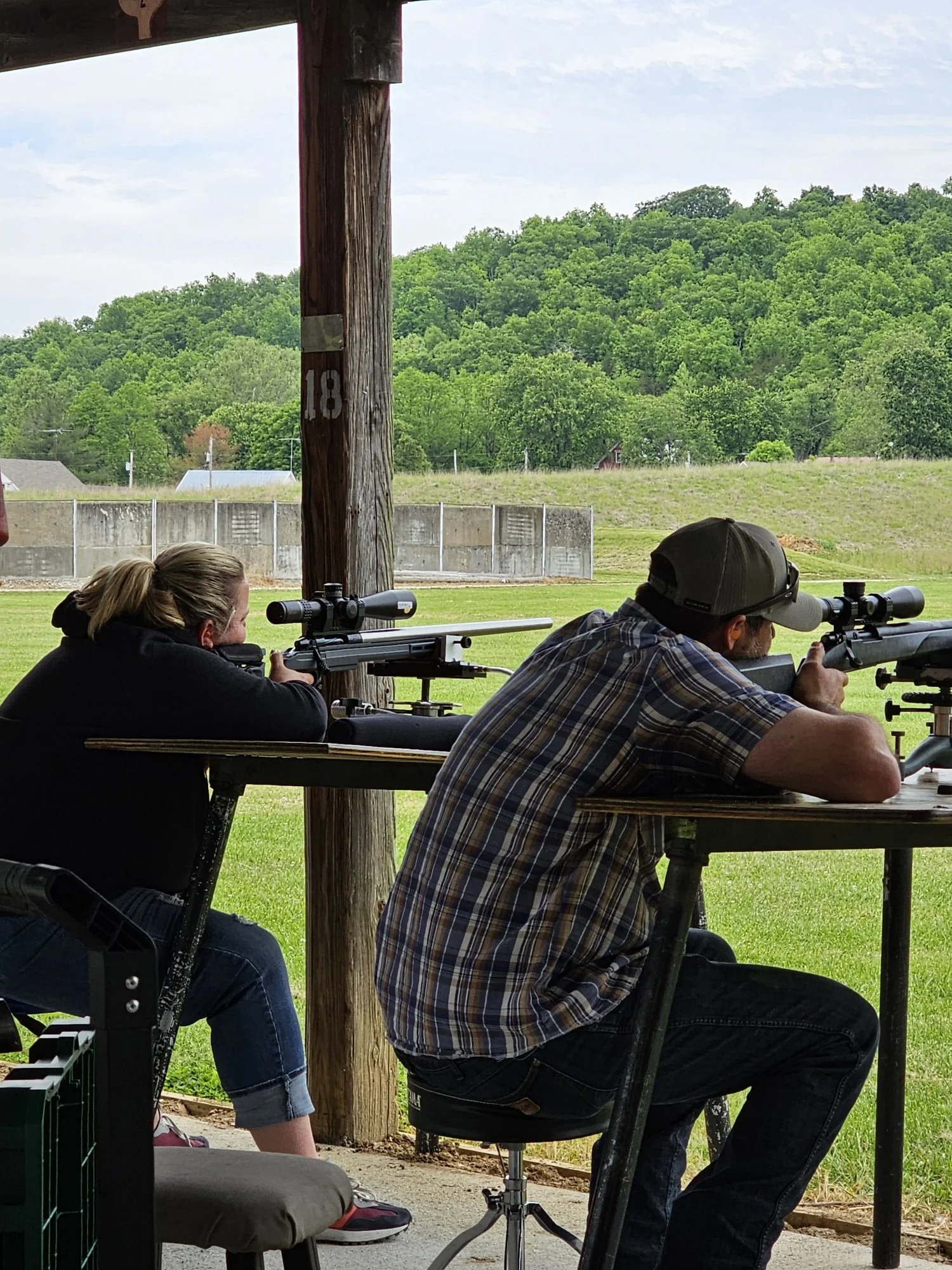The French folding knife, a.k.a., “clasp knife” imported into the North American Fur Trade was one of the earliest known type of knife to be introduced to the New World – dating back to the 1600’s, possibly earlier. These blades have been recovered from French influenced sites throughout the territory of New France, which extended from Louisiana to Canada.
The Historic Wolf Hills | John Curry | Muzzle Blasts Excerpts
The following article appeared first in the June 2020 Issue of “Muzzle Blasts Magazine”, the official magazine from the National Muzzle Loading Rifle Association.
“I first set foot in this Green River country in the spring of 1769. Jim Knox, from the Wolf Hills on the Holston, led a party of us into Kentucky to hunt. Folks called us the Long Hunters because we stayed gone such a time. The country was wilderness in those days. But few white men had ever seen it, and none had settled here.”
So begins an unassuming little book called “The Kentuckians”. The great Janice Holt Giles’ epic tale of a young longhunter’s amazing experiences during the late 1760’s in that vast, totally uninhabited expanse known as “the dark and bloody ground”. Lazy High School student that I was, I chose to read The Kentuckians under odious decree of a compulsory, English class, book report. Drat! My selection of this thoroughly astounding tome, owing mainly to its diminutive and insignificant size. Little did I know… Talk about lightning in a bottle! Hah! Right then and there began my irrepressible zeal for the saga of the longhunter which still holds me in its burly grip yet today.
Once anyone becomes seriously entangled amidst the bona fide history of true, classic longhunting; various intriguing references and allusions to this place called “the Wolf Hills” begin to pop up regularly. Arising from the most inauspicious, trifling parties you seldom ever hear about to the best known and most famous woodsmen of that age: “…Daniel Boone, accompanied by several hunters, visited the Holston and camped the first night in what is now known as Taylor’s Valley. On the succeeding day, they hunted down the South Fork of Holston river and traveled thence to what was known as the Wolf Hills, where they encamped the second night near where Black’s Fort was afterwards built. It is interesting to note at this point that Daniel Boone and his companions, immediately after nightfall, were troubled by the appearance of great numbers of wolves, which assailed their dogs with such fury that it was with great difficulty that the hunters succeeded in repelling their attacks and saving the lives of their dogs, a number of which were killed or badly crippled by the wolves. The wolves had their home in the cave that underlies the town of Abingdon. The entrance to this cave is upon the lot now occupied by the residence of Mr. James L. White.” 2 Yes… Actually, the huge entrance to the infamous Wolf Cave of so much extraordinary, longhunting lore, is now wholly contained within the backyard of a beautiful, Victorian house - located in central, downtown Abingdon!
John Curry
To read the full article, subscribe to Muzzle Blasts TODAY
References:
1 Giles, Janice Holt, The Kentuckians, p. 2.
2 Summers, Lewis Preston, Southwest Virginia, 1746- 1786, p.76.
3 Haywood, John, Civil and Political History of the State of Tennessee, p. 55.
4 John D. Shane’s interview with William Clinkenbeard, Filson Club Quarterly, Vol. 2, No. 3, April 1928, p.105.
5 John D. Shane’s interview with John Hedge, Filson Club Quarterly, Vol. 14, No. 3, July 1940, p.181.
Use of Beeswax in the American Colonies
This post comes from Bob Browder as he shares some of his personal research about beeswax in America in the Traditional American Craftsmen Facebook Group.
➽ ➽ Support the NMLRA - nmlra.org/store/membership ➽ ➽
Pattern 1853 Enfield Ammunition | 1stLieutenant Brett Gibbons, Ordnance Corps, USAR
Mark “ValleyReb” Lee shared this document in a Facebook post and we thought it interesting enough to share with all of you!
French Trade Axes | Scavengeology
Diving into the world of French trade axes, most of which all look fairly similar to each other, reveals that not all Biscayne Axes are really “Biscayne” axes, per se. I’ve acquired a bunch of information on these axes, most of which people have sent to me, compiled from various well-informed sources. Most of what follows is from those materials. A little bit is from me, and of course from other things I’ve found using my google-fu and research skills.
Check this out! | New in box TC Hawken Seneca Renegade | Unfired
Patrick Mitchell shared this New In Box, unfired TC .54 Hawken Seneca Renegade in the "Black Powder Firearms Enthusiasts" Facebook Group and we just had to share it.
Preserving the "Journal of Historical Armsmaking Technology" Book Series
Knapsacks and no flour | Read more at Buffalo Trace 1765
This article has been making the rounds in the living history community online, through sharing this first 2 paragraphs we hope to direct you to the original author’s writing as it is quite interesting!
By Killbuck
I figured I check in to see what everyone’s favorite Mike Burke impersonator Nicholas Cresswell was doing on his journey. Cresswell is one of my favorite Journals of the 18th century. It has everything observations on local color, clothing, and he goes thru all of the 3 stages of the 18th century journal.
Pipes and Tobacco of the Frontier | Muzzle Blasts Archives 1986
A Weekend with the Longhunters of Western Indiana | Muzzle Blasts on the Road
We were invited out for a small camp and shoot this weekend by Eli Froedge and Jason Jacobs. It was a great weekend of black powder and fellowship.
The following is shared from camp organizer Jason Jacobs,
‘A little preview of our camp/shoot, last weekend. We had 17 camps and 22 shooters. We had shooters from five states. Great time had by all. Lots of shooting; 20 shot rifle course, 20 shot smooth bore course, 10 shot pistol course, 14 block hawk and knife course, long range rifle match, clay bird shoot, candle shoot and a clatch match. Winner on the clatch match was 53, IIRC. Long range match started at 80 yards and ended at 140 yards on a 12 inch steel plate. Two tables full of awesome food and a 29 pound ham on the spit.‘
Photos in this slideshow were taken by Muzzle Blasts reporters who attended the event.
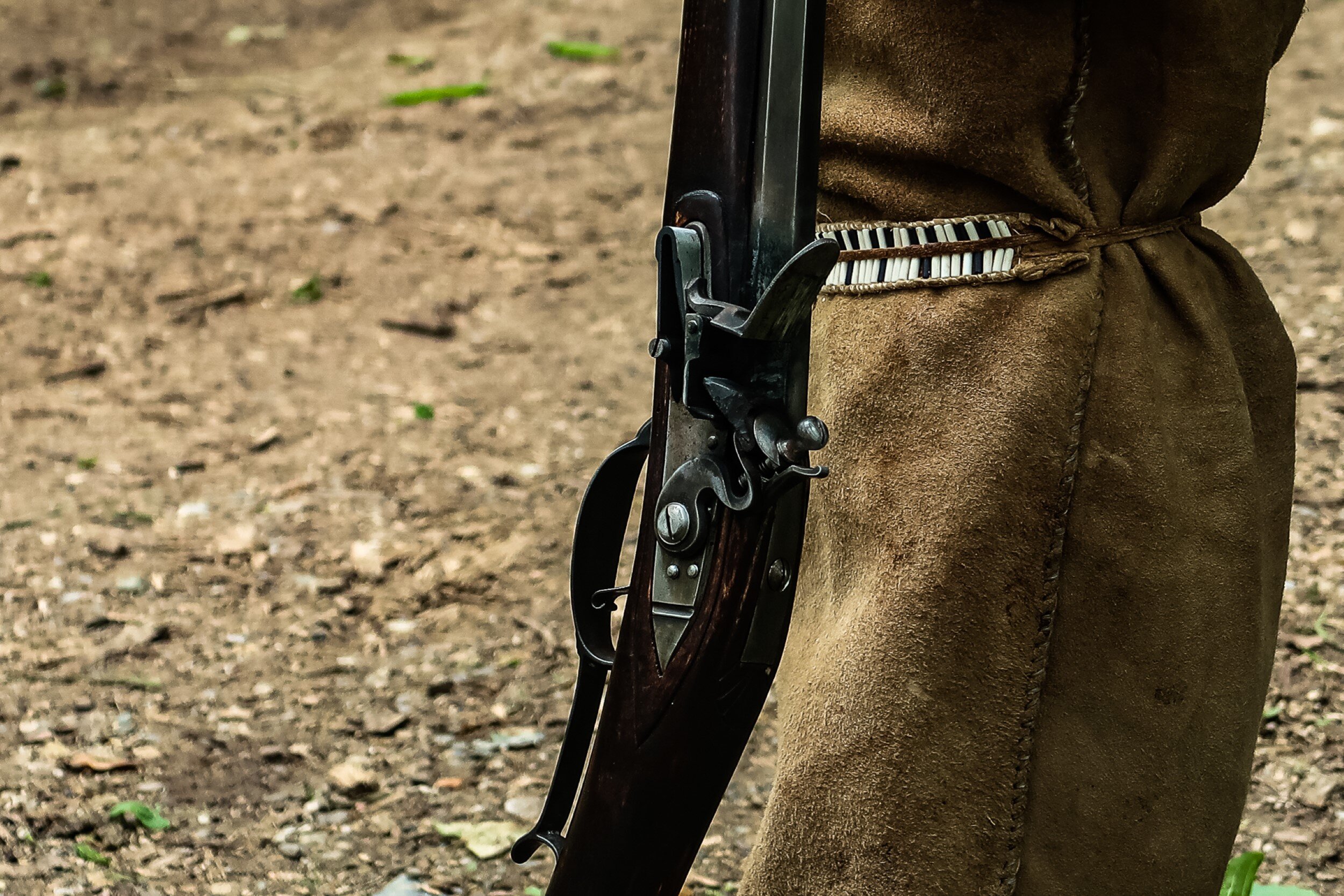
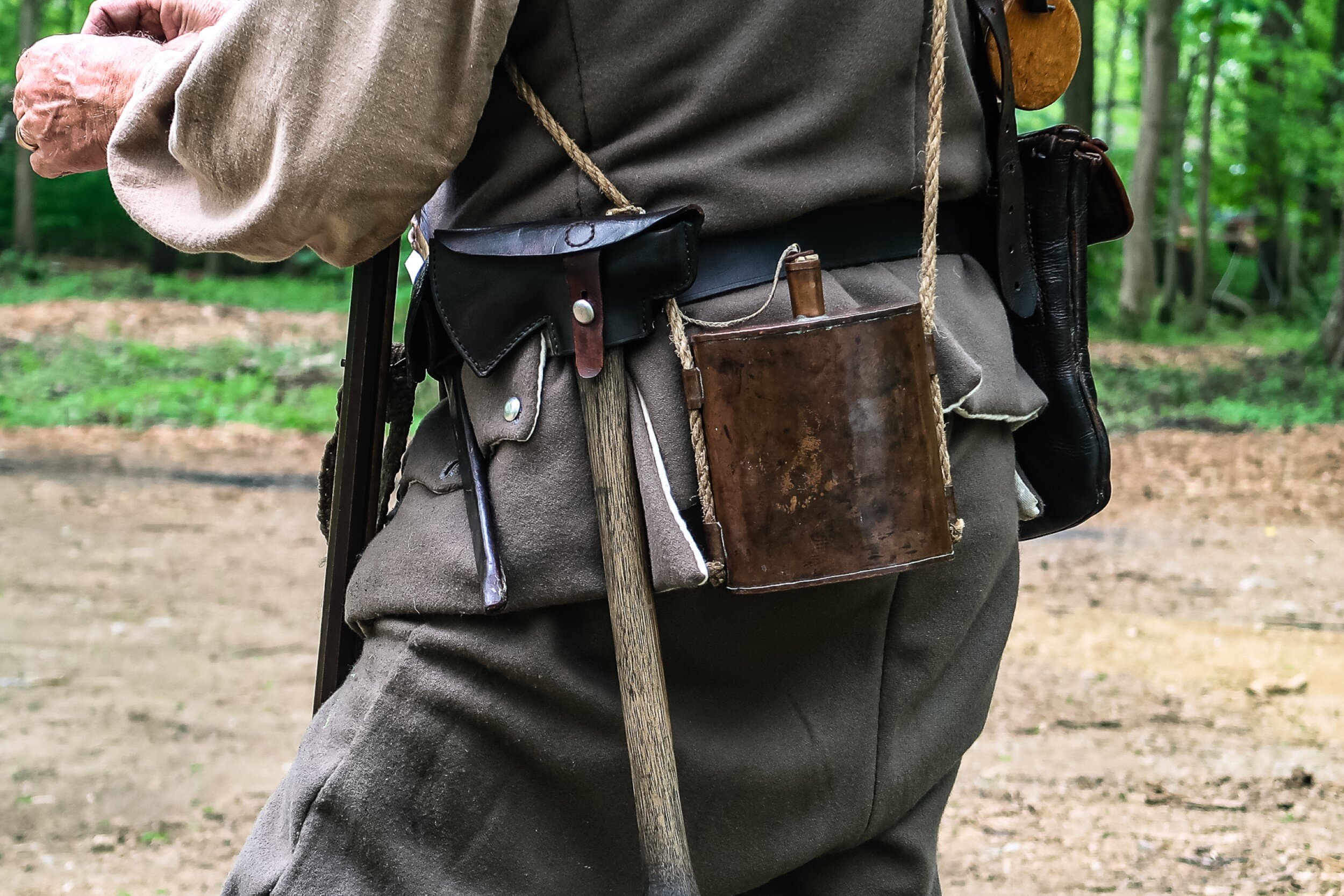
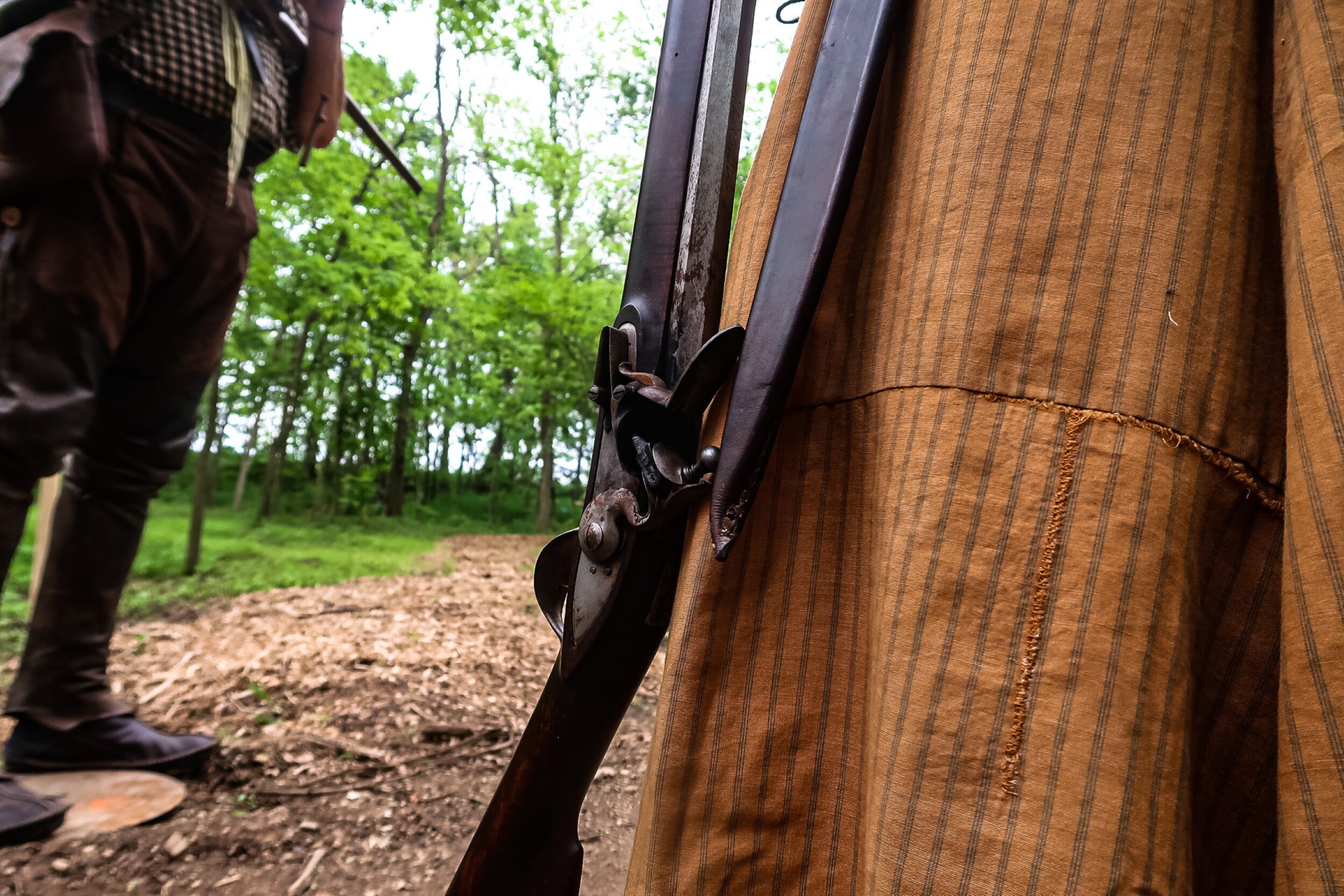
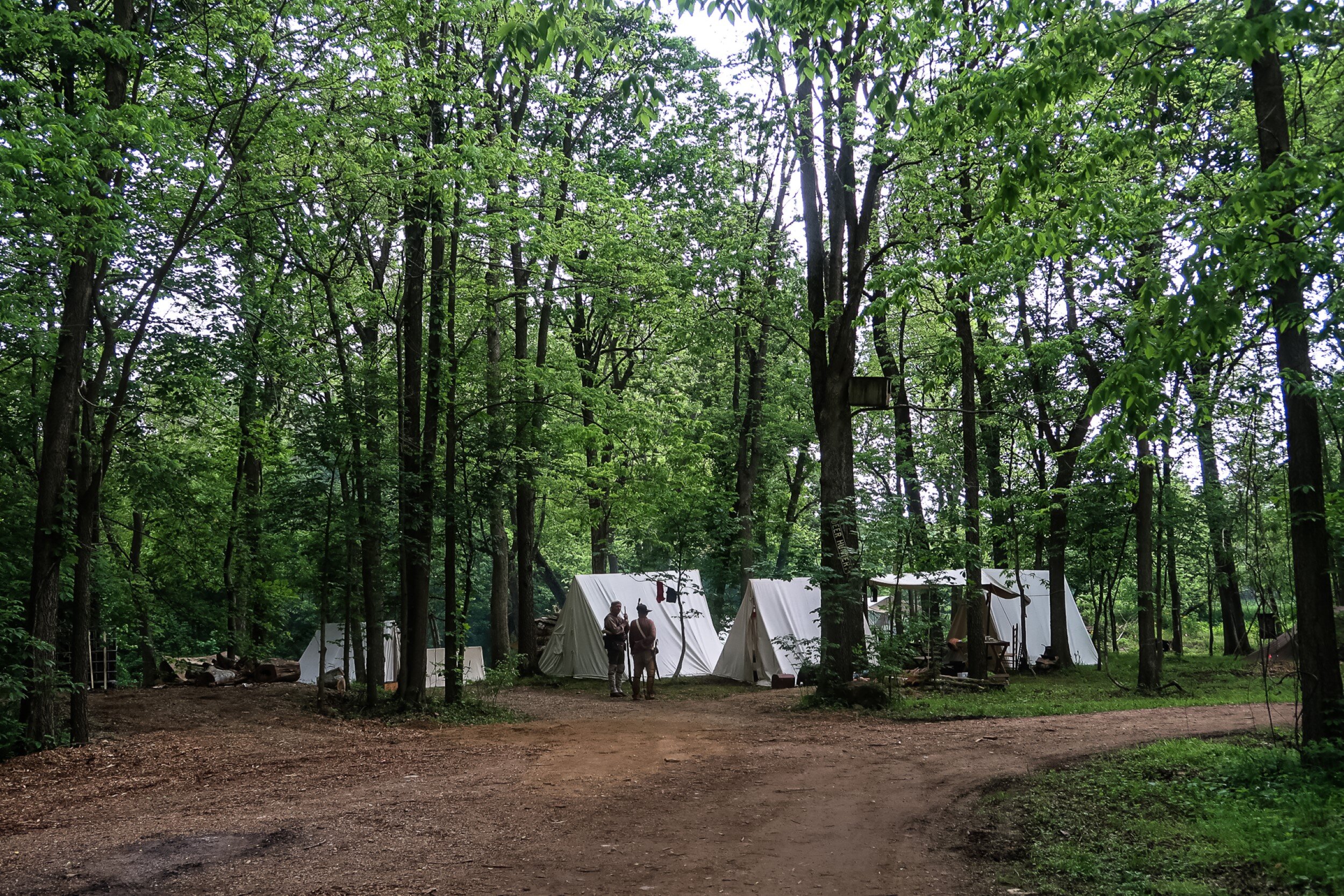
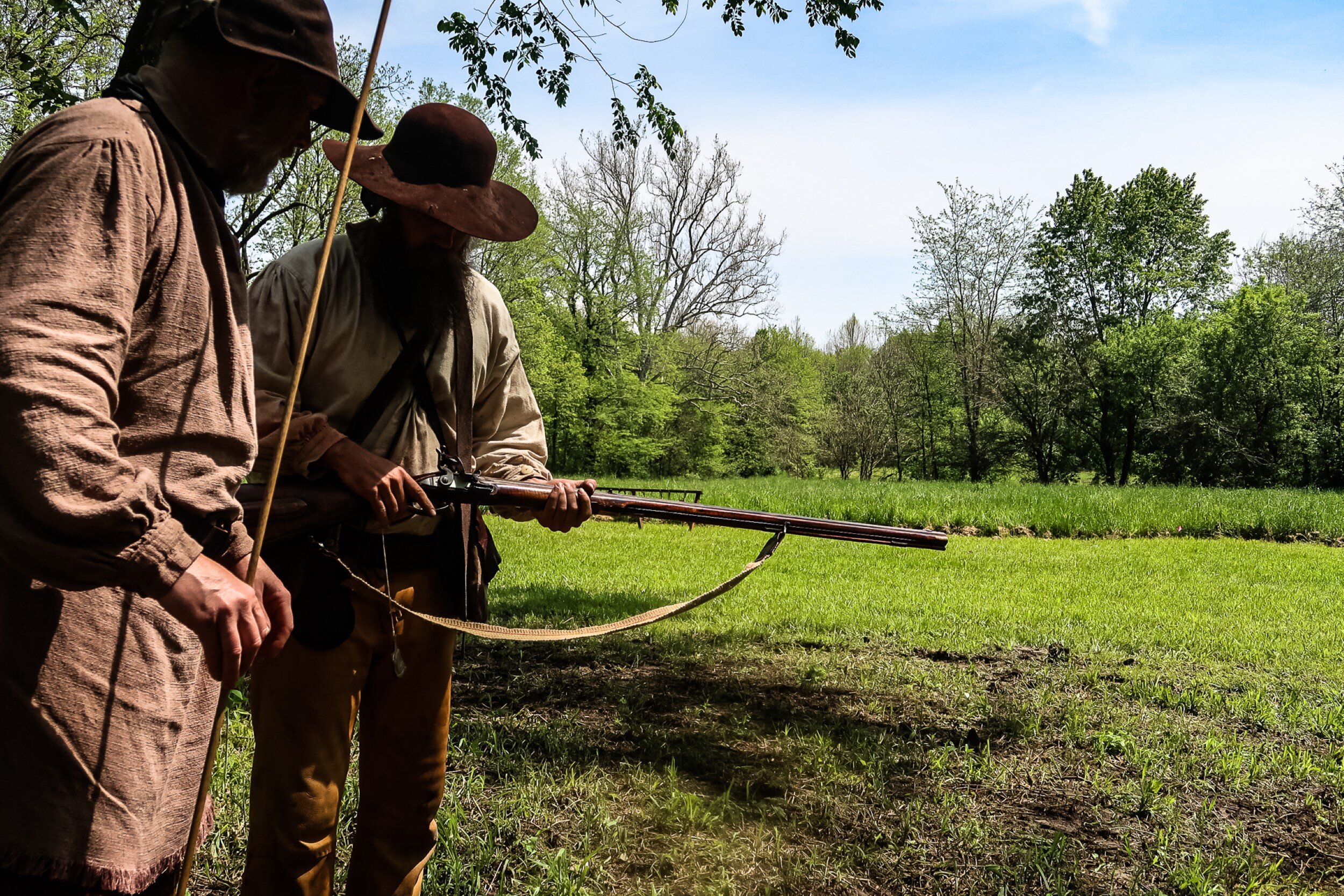
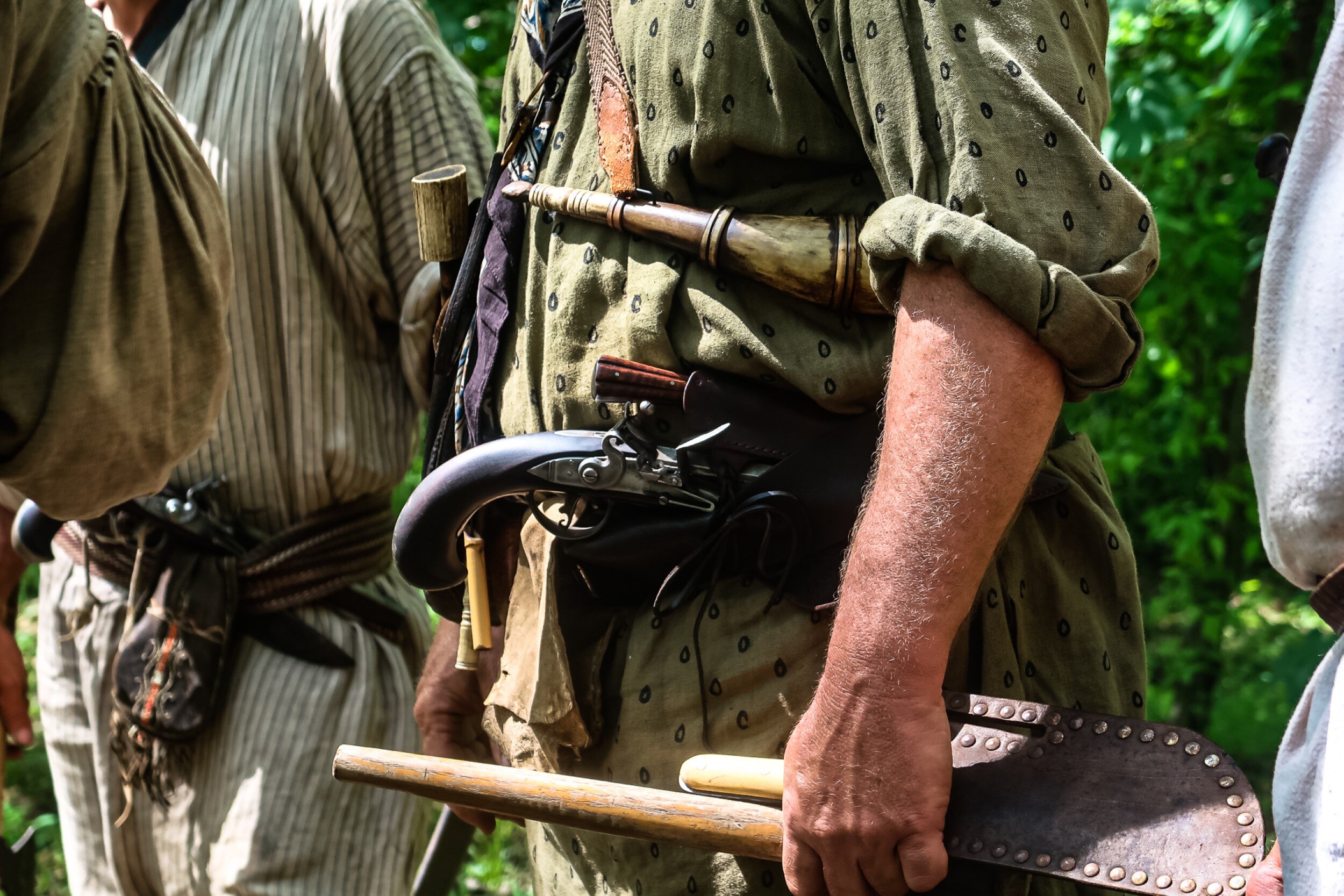
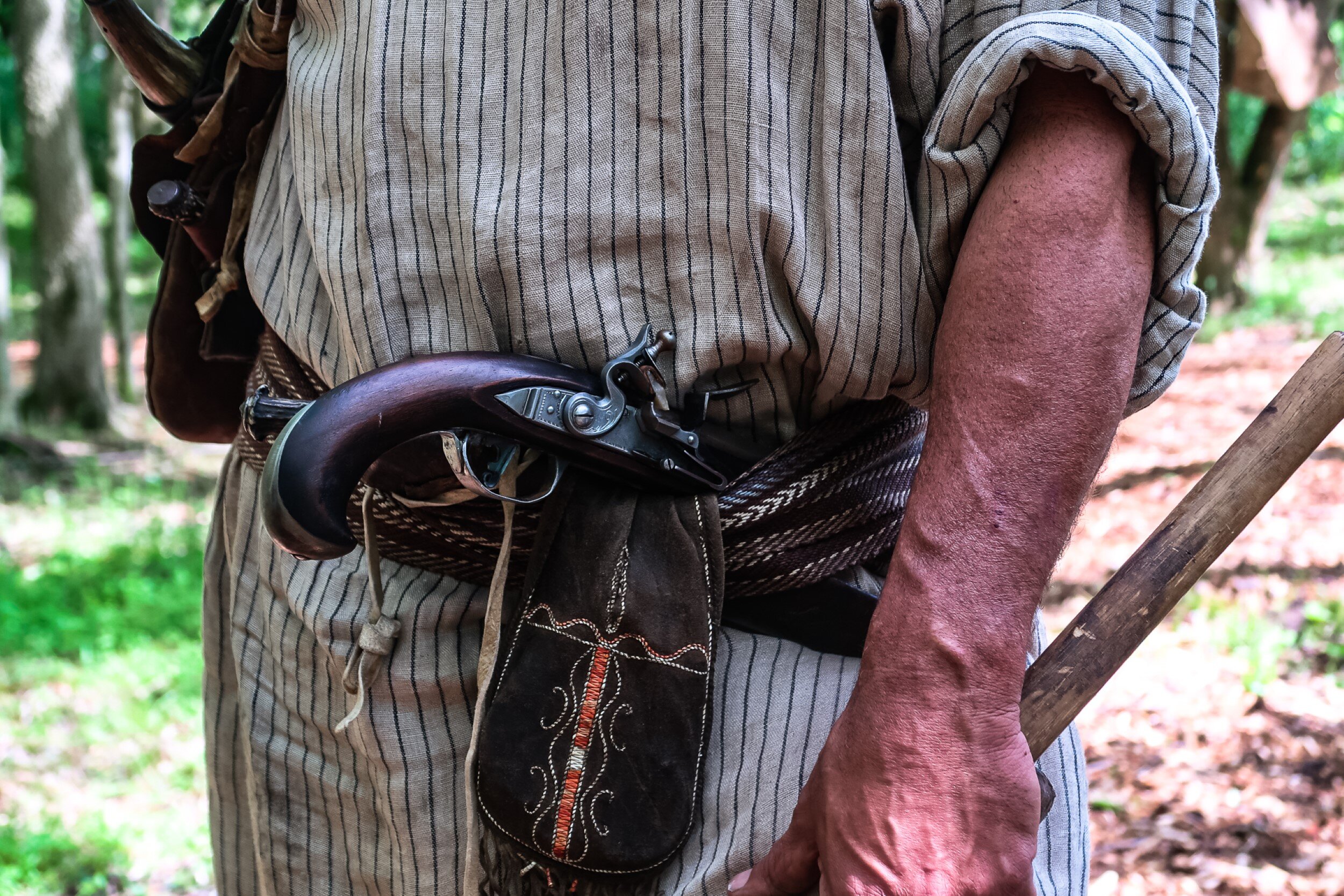
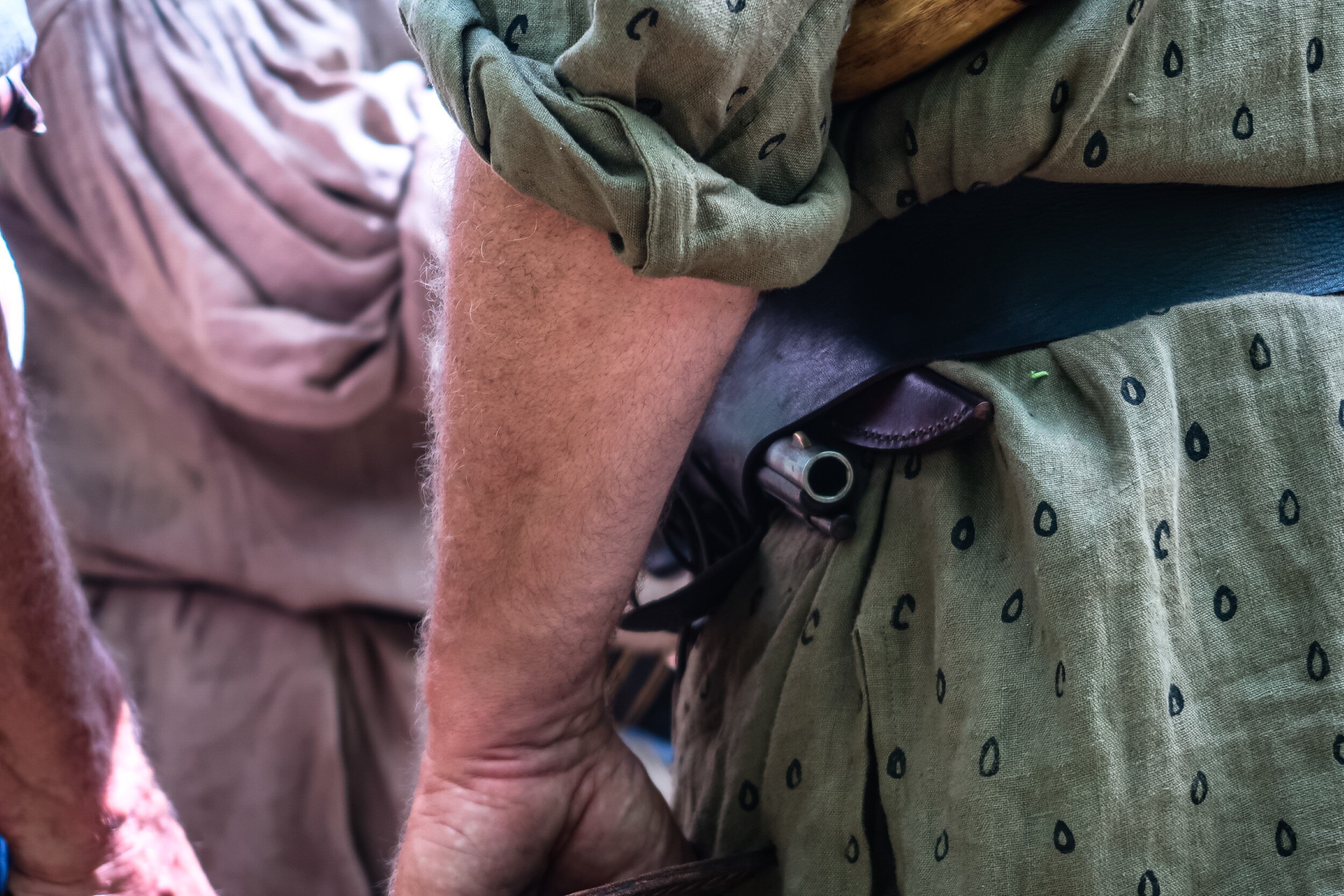
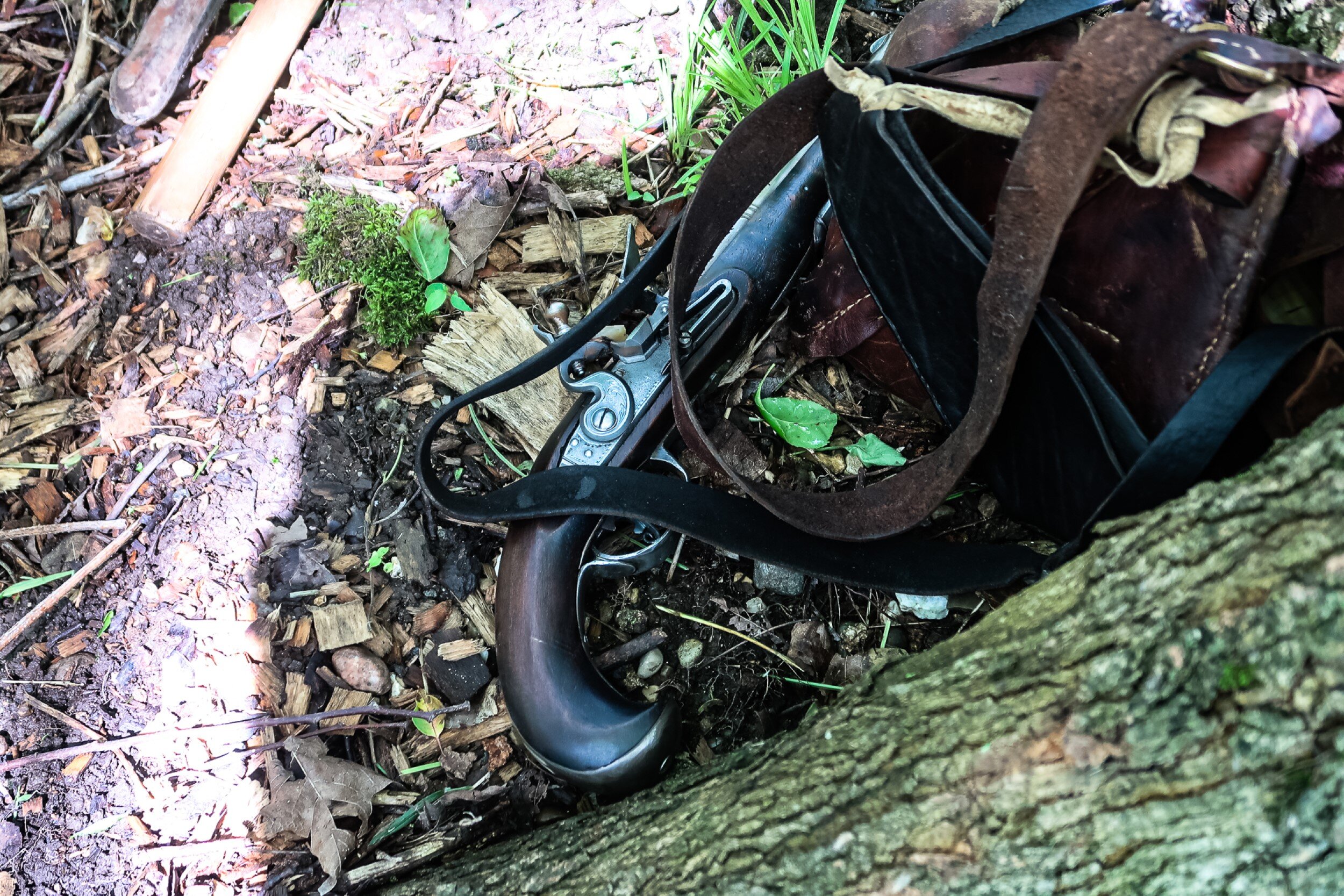
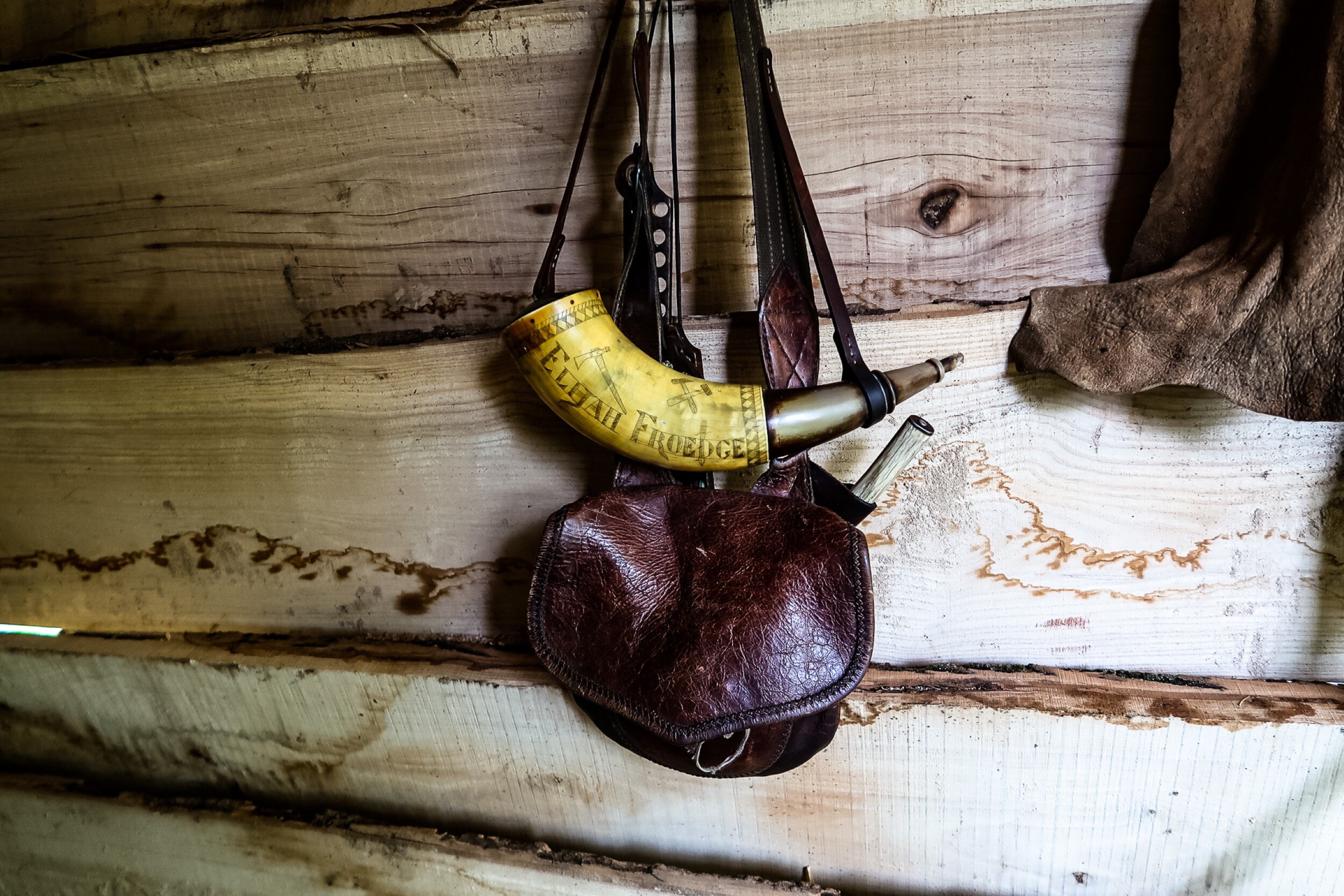
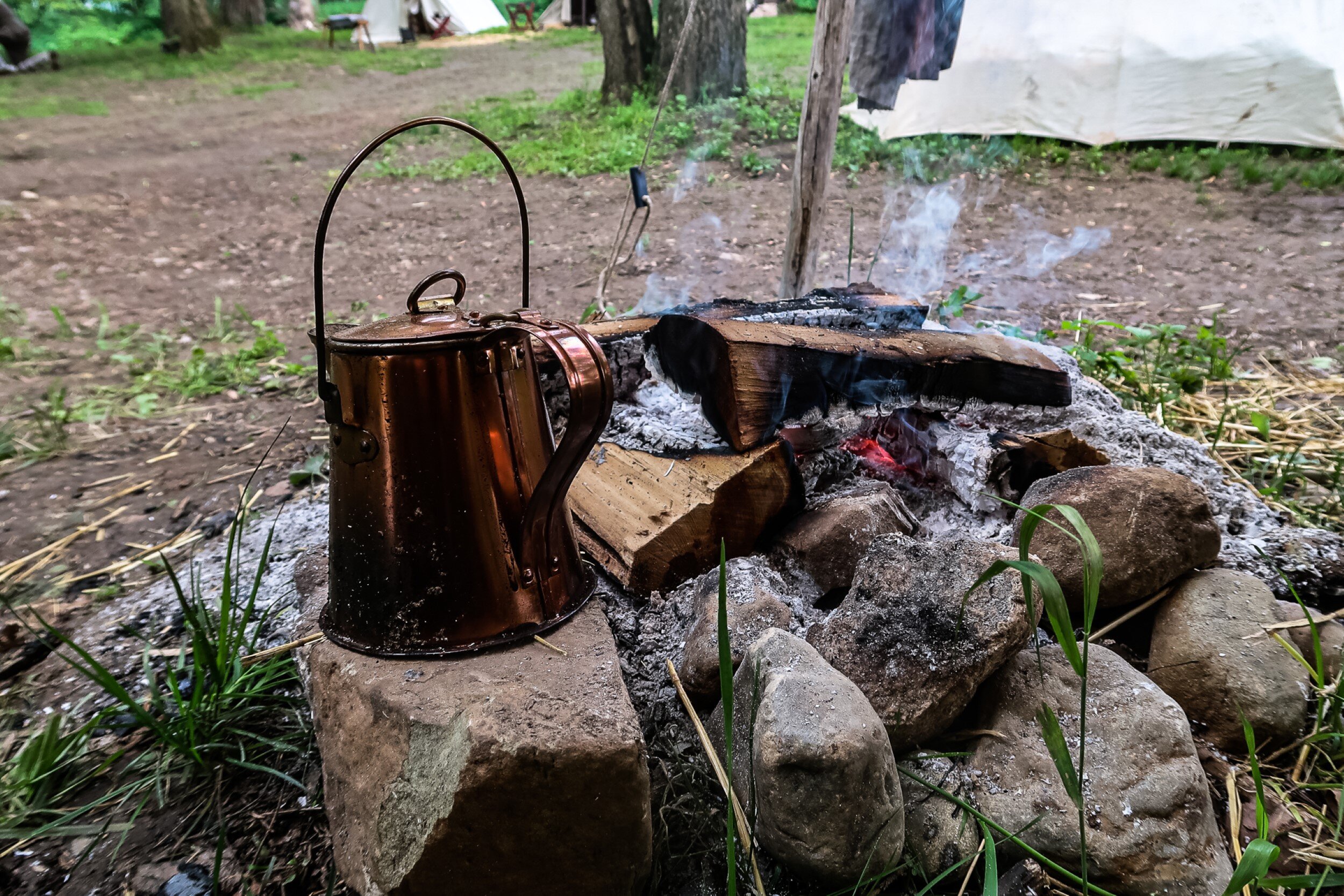
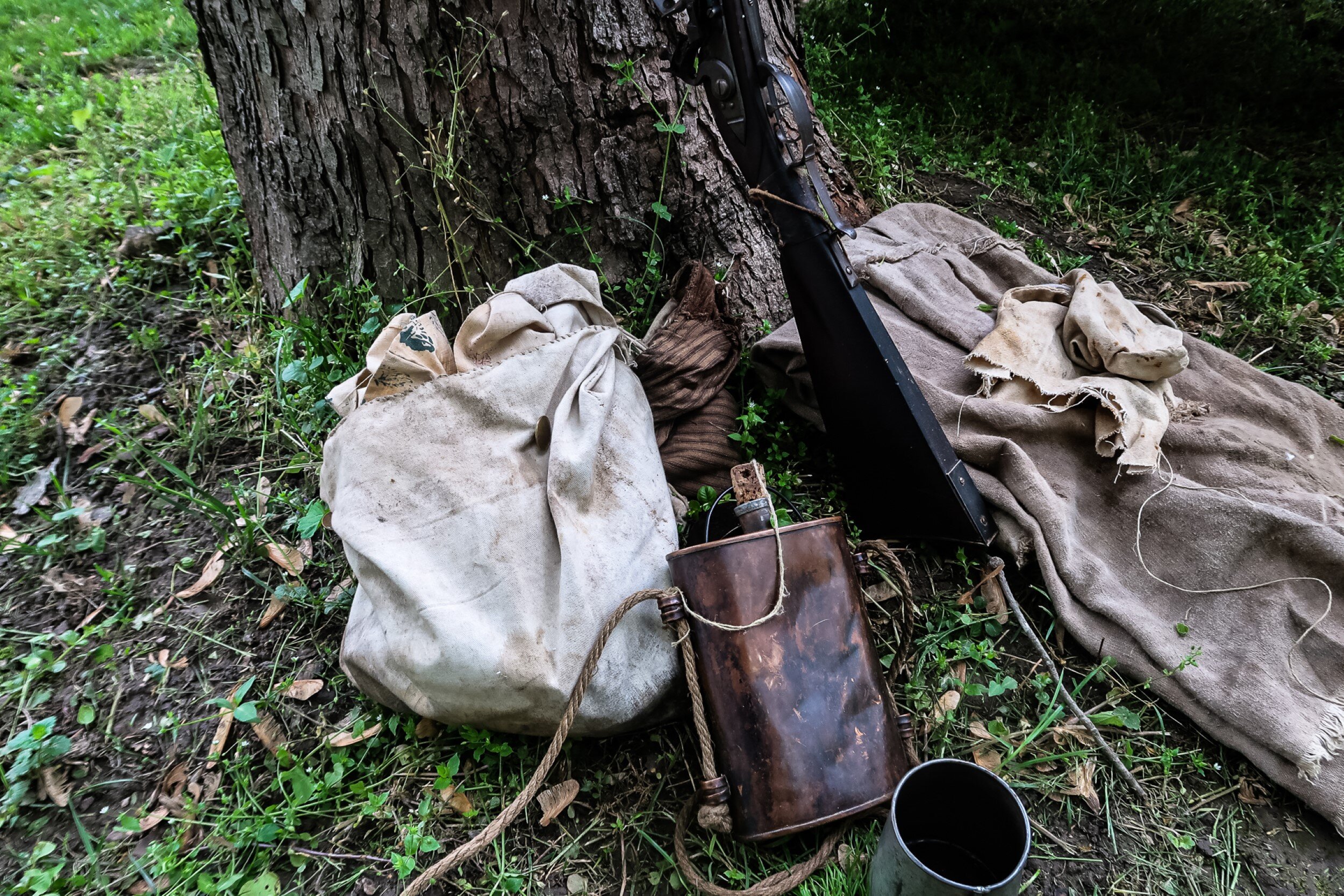

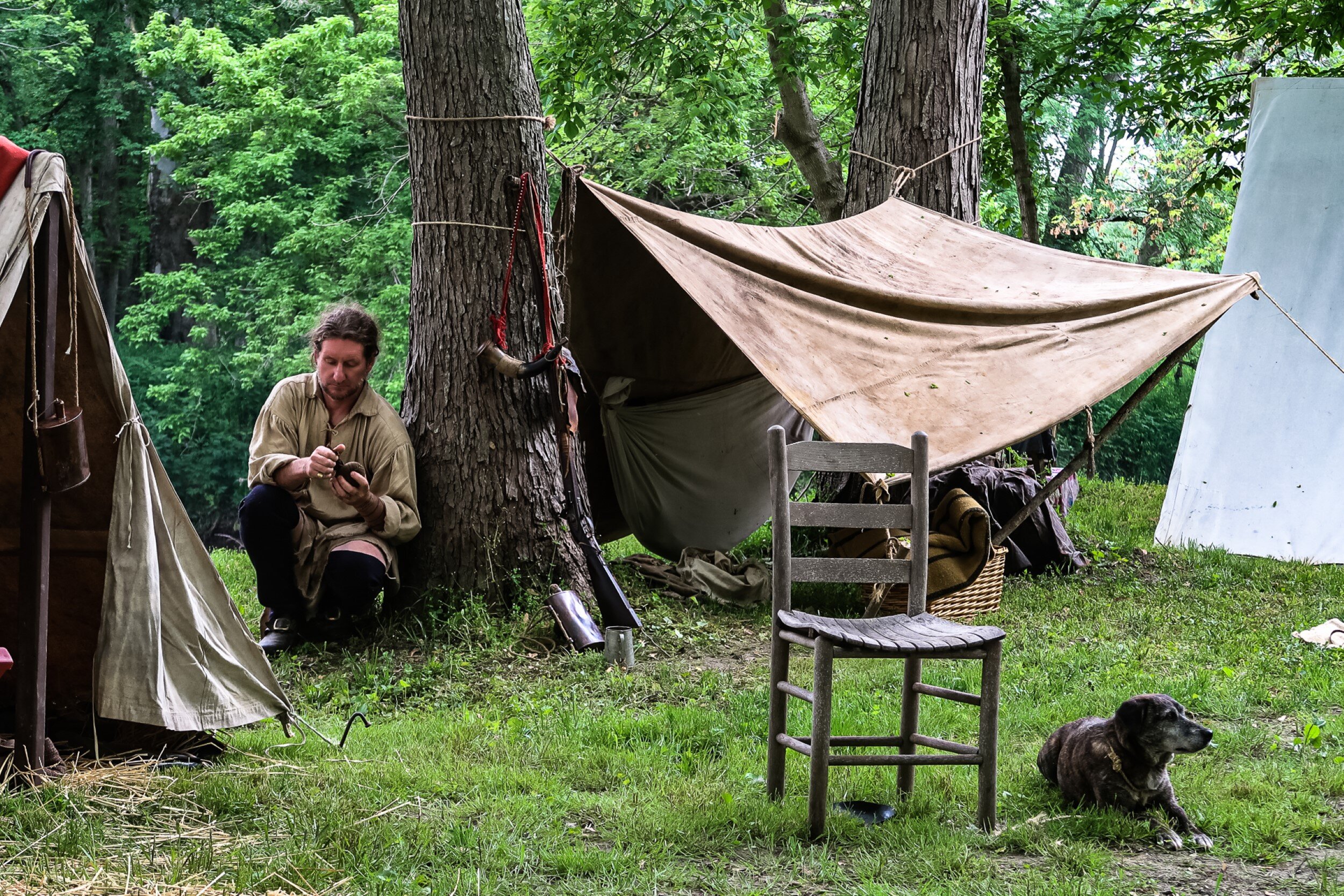
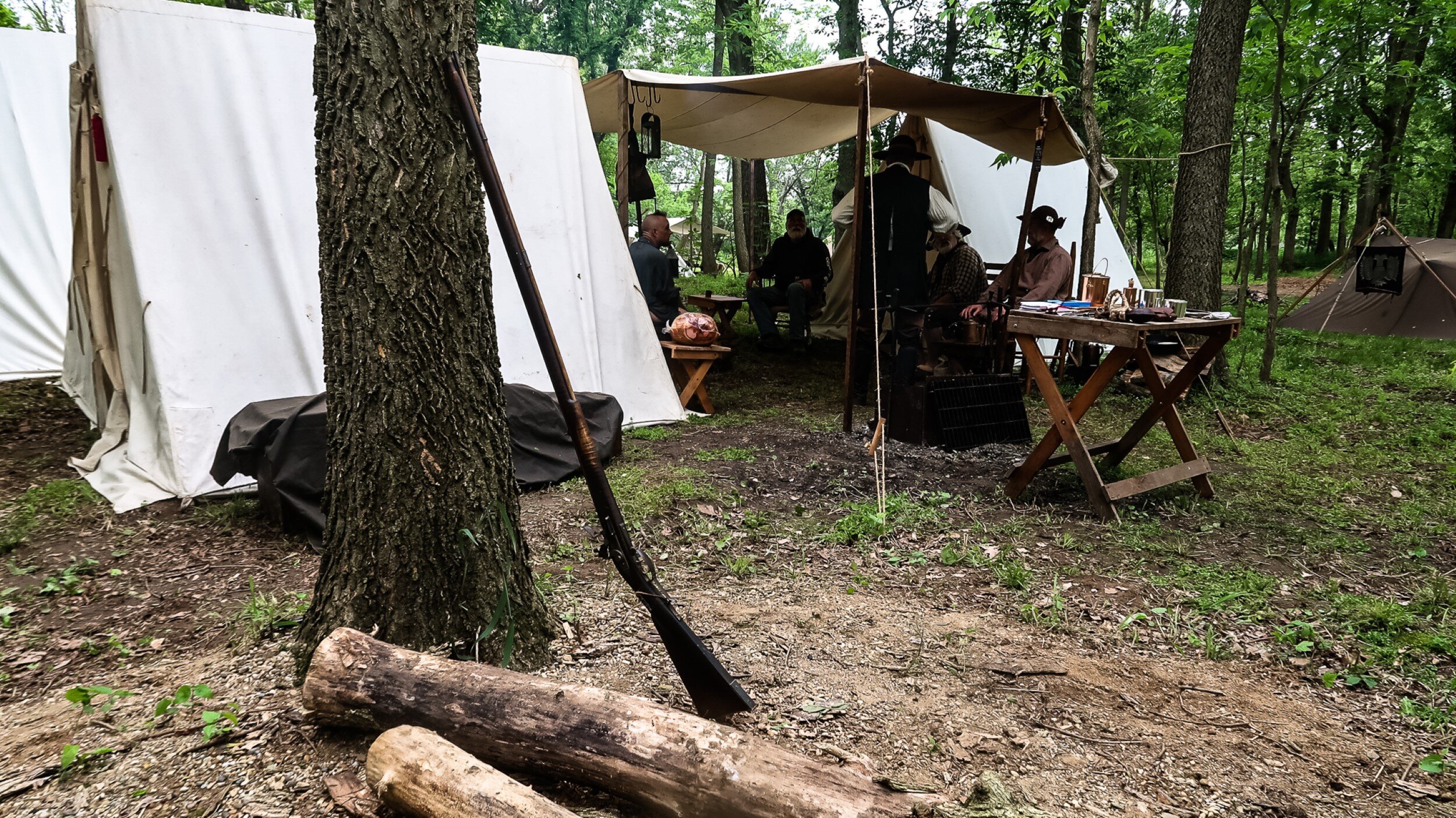
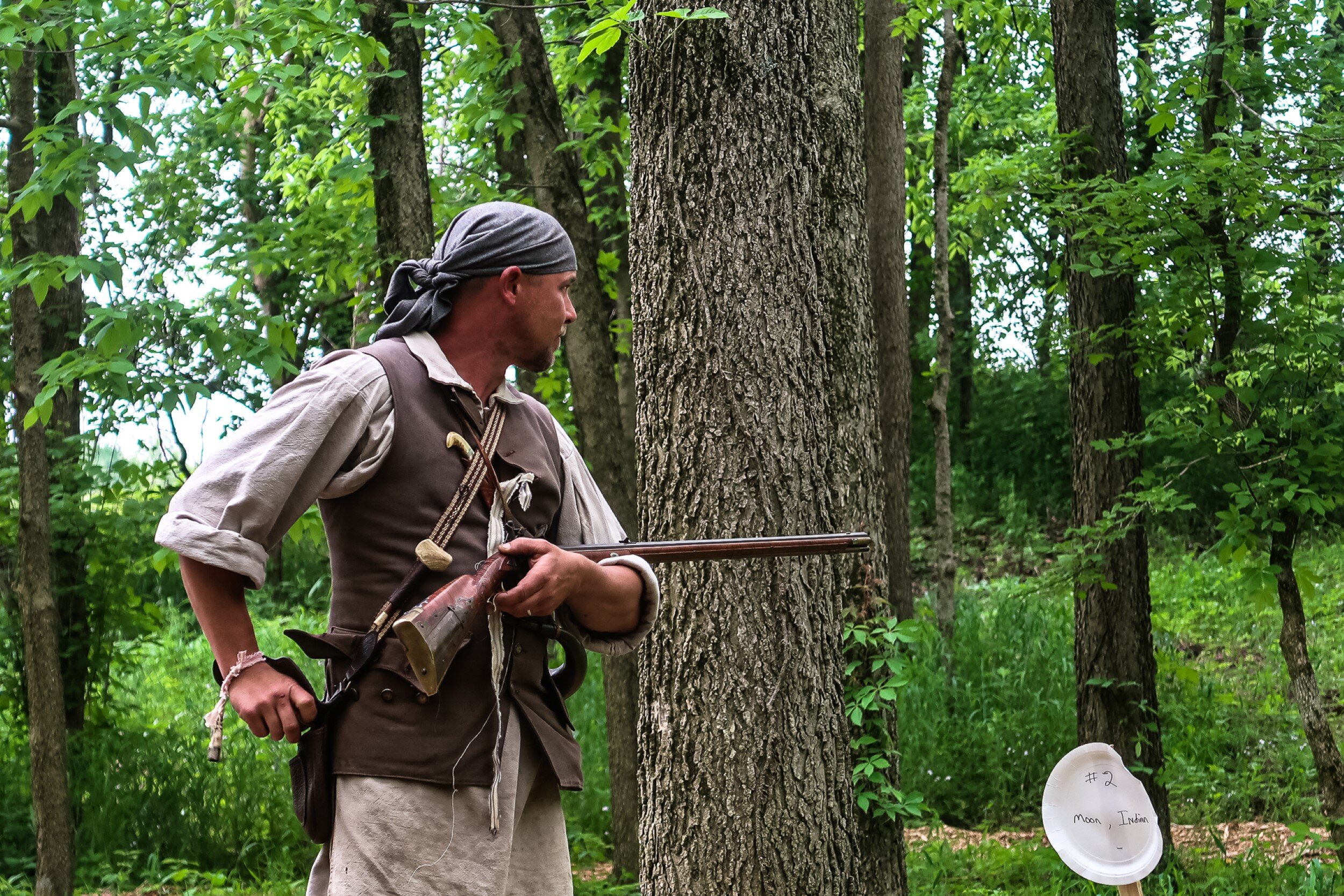
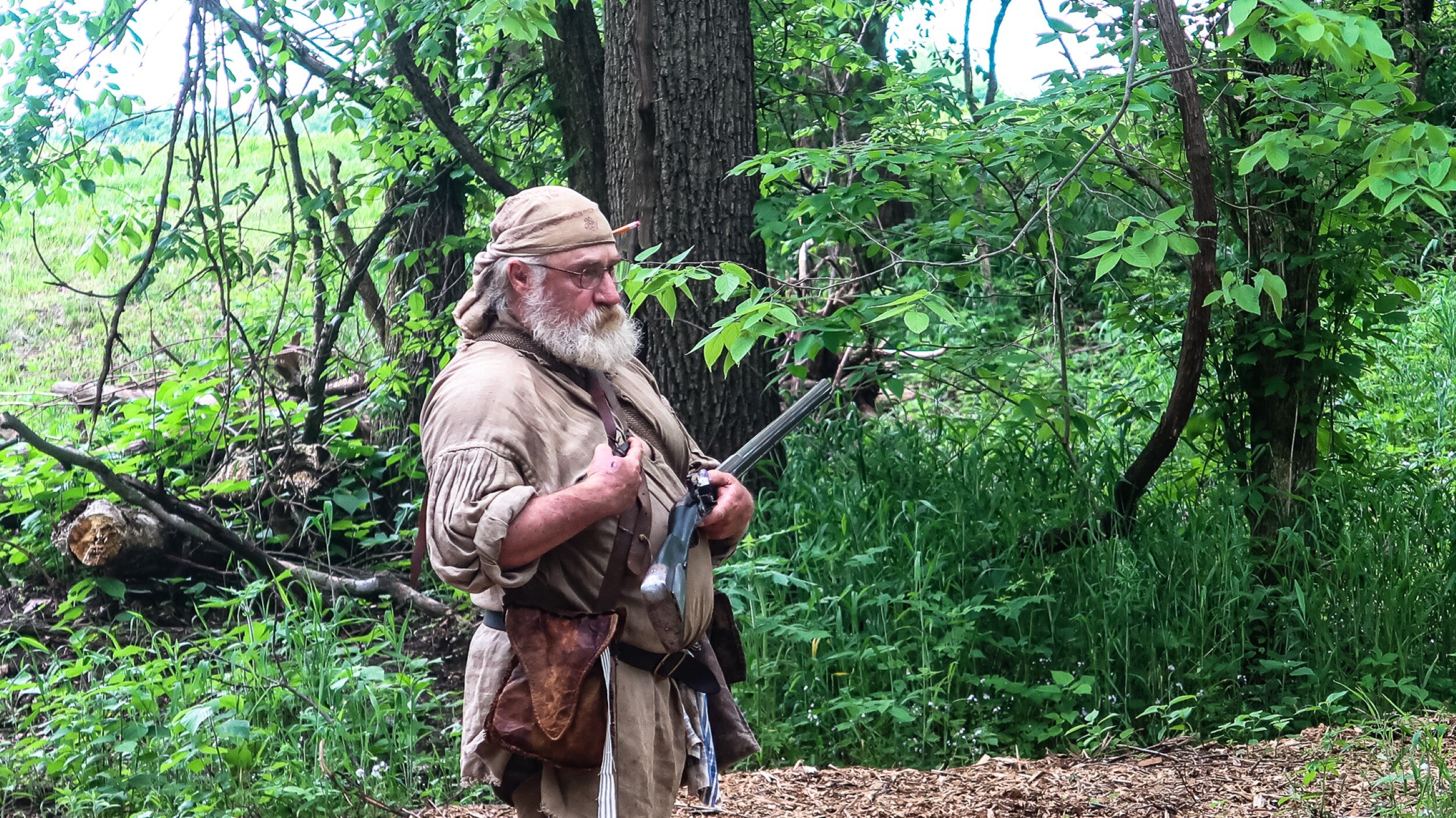
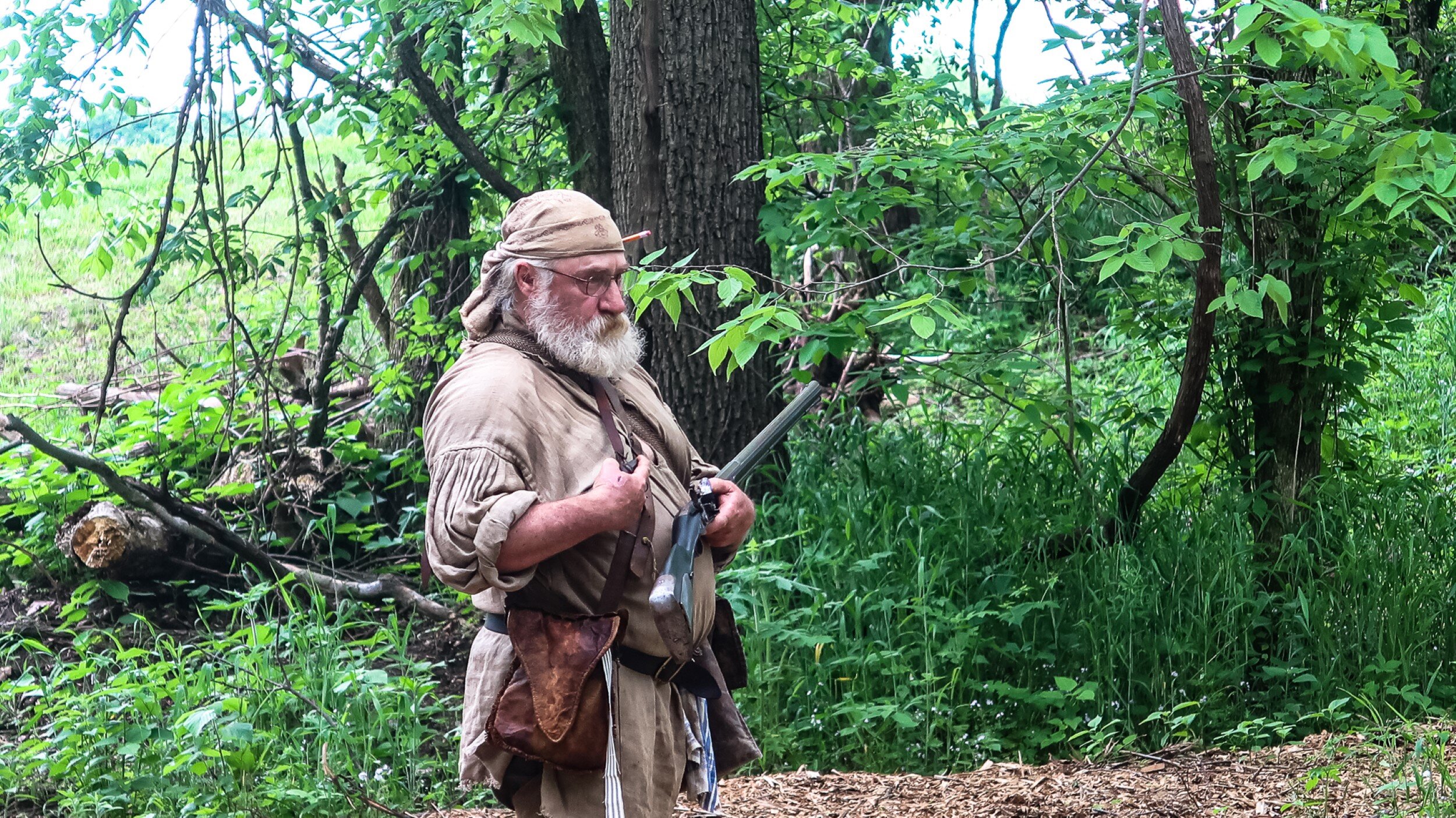
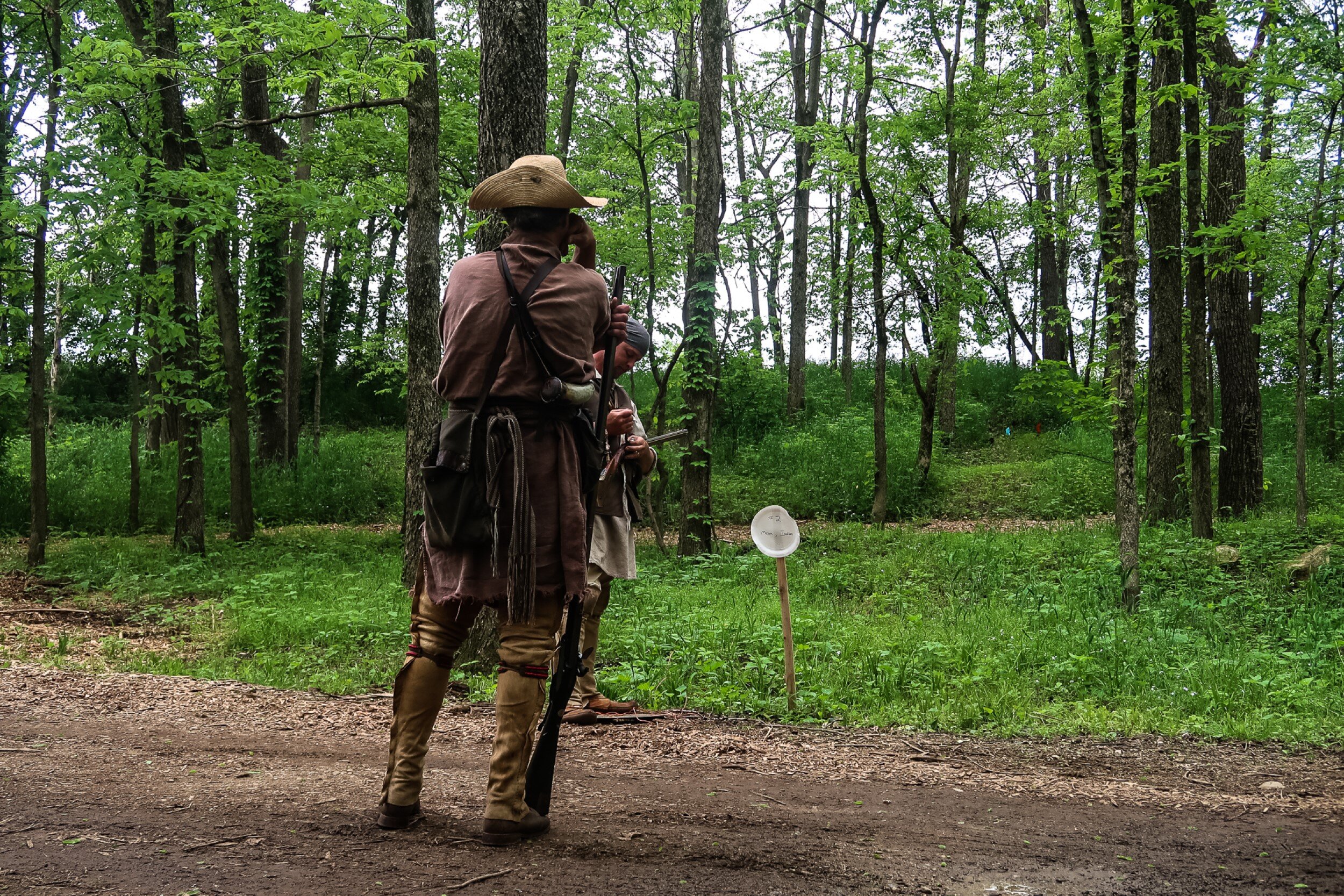

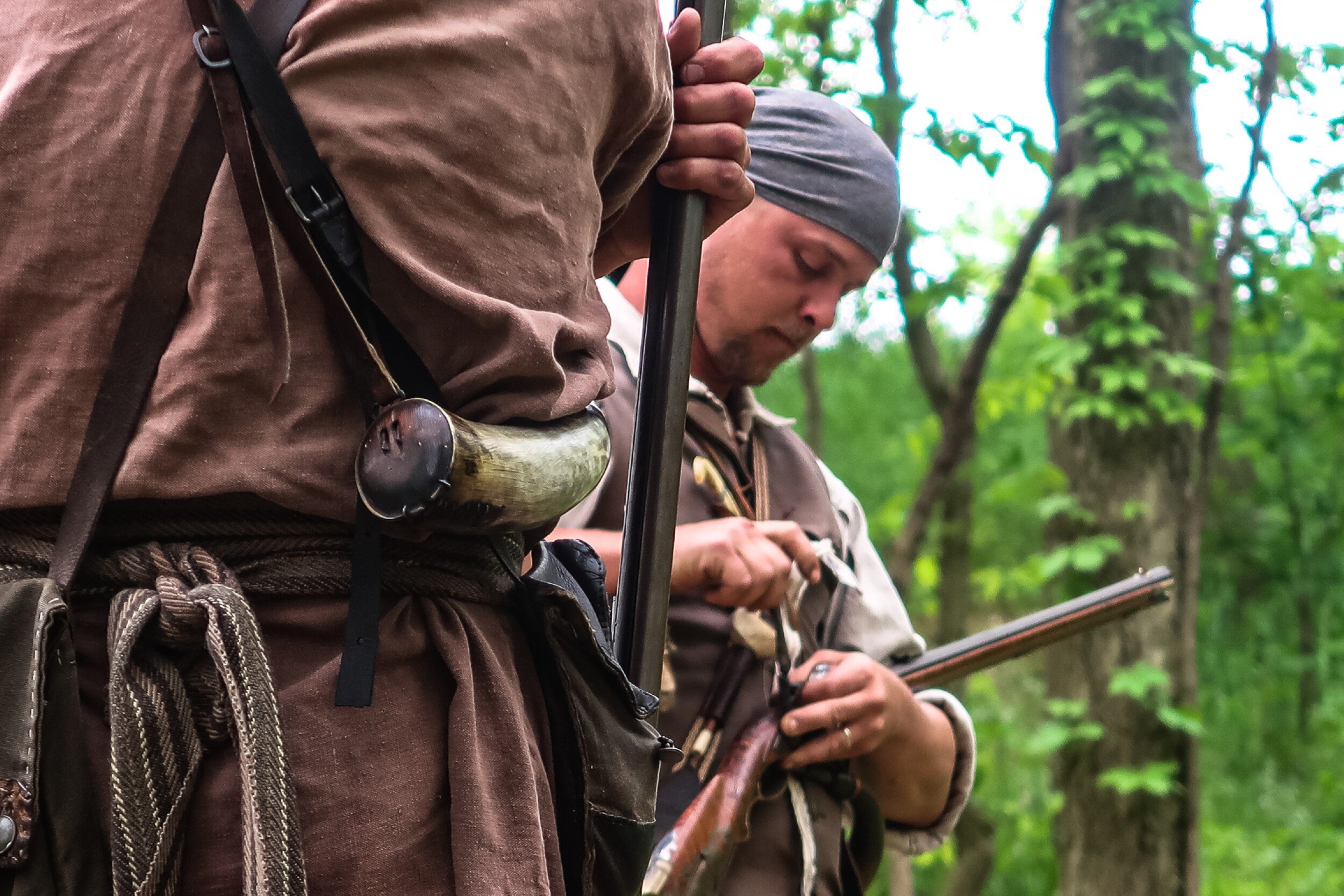
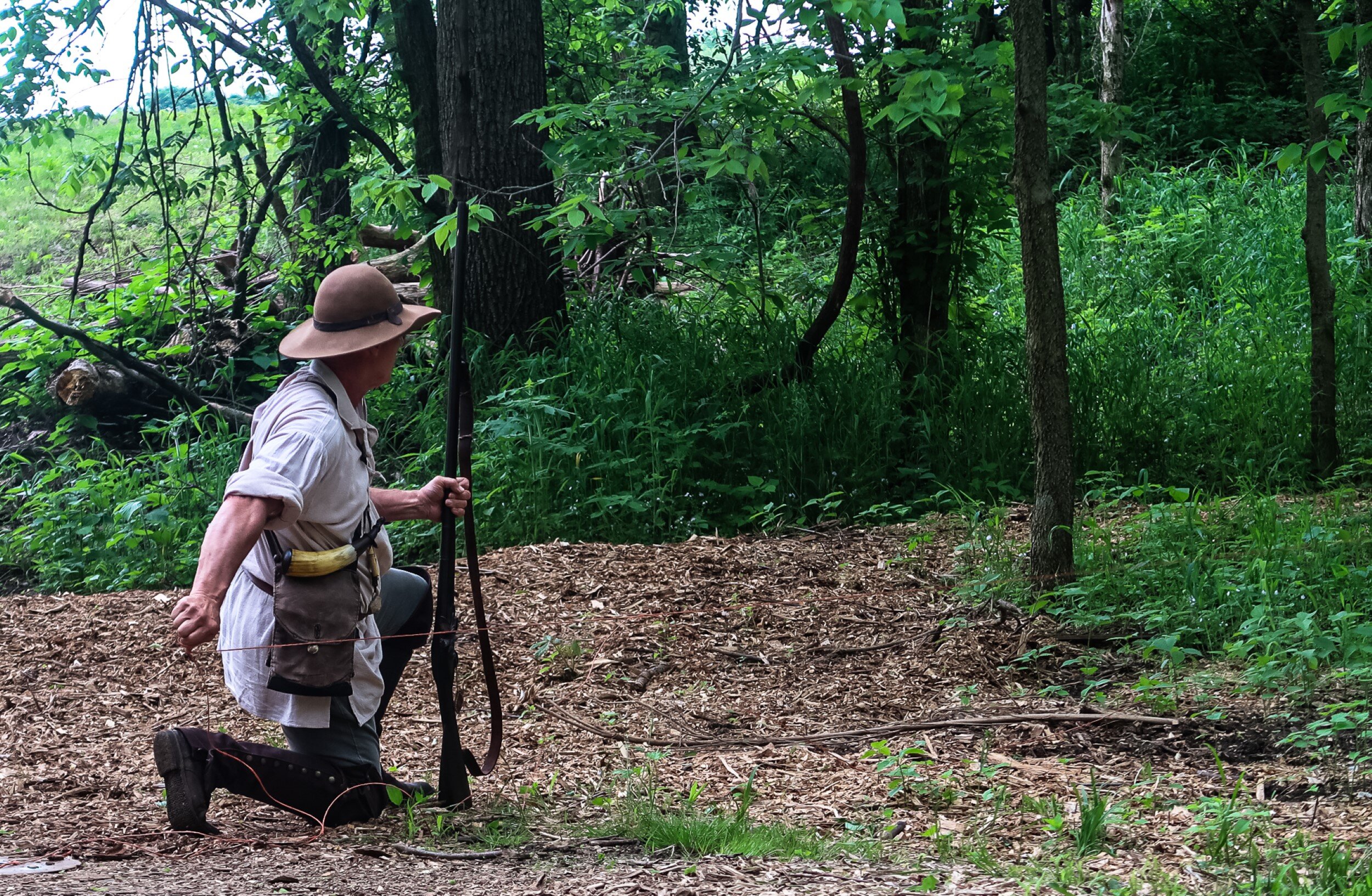
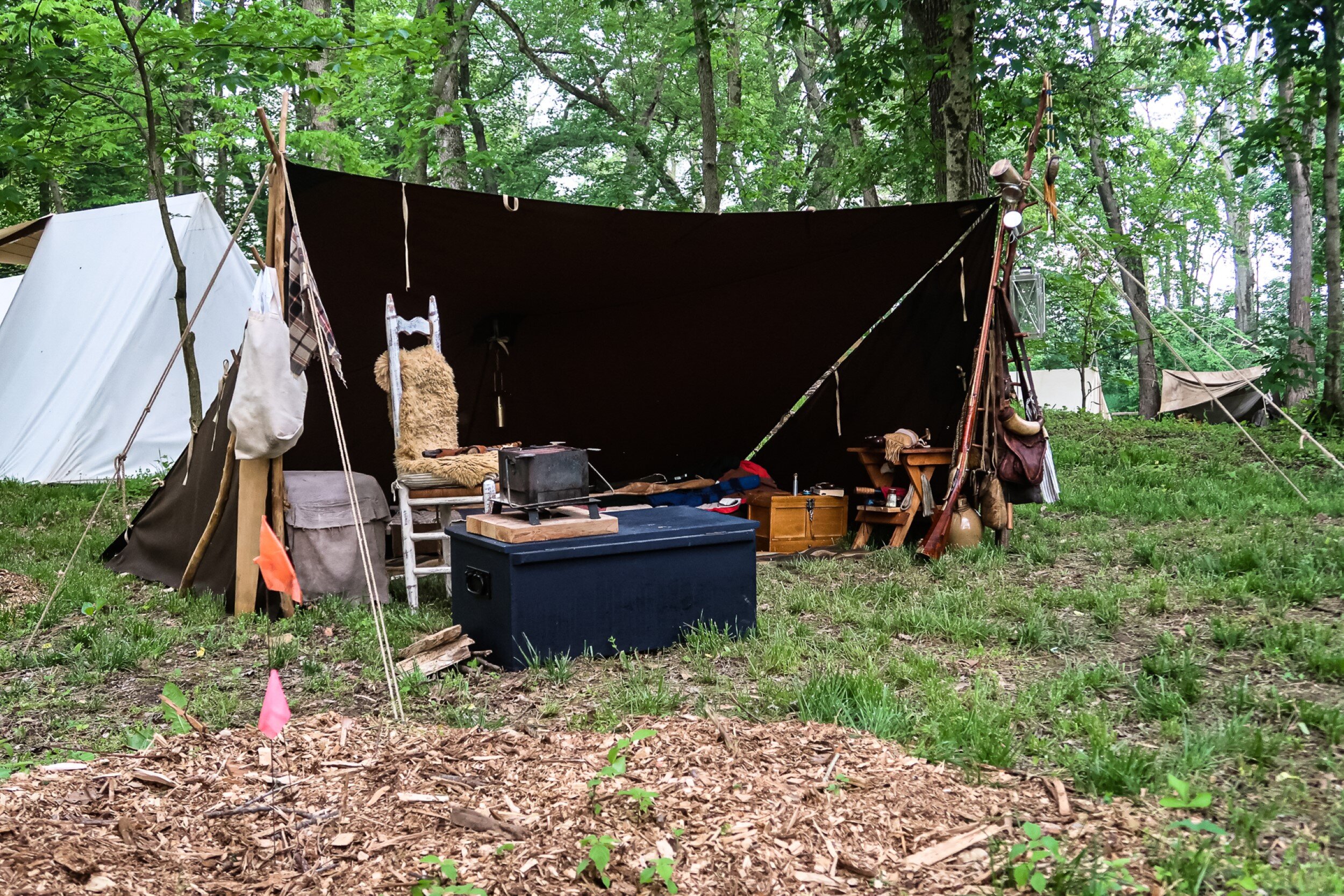
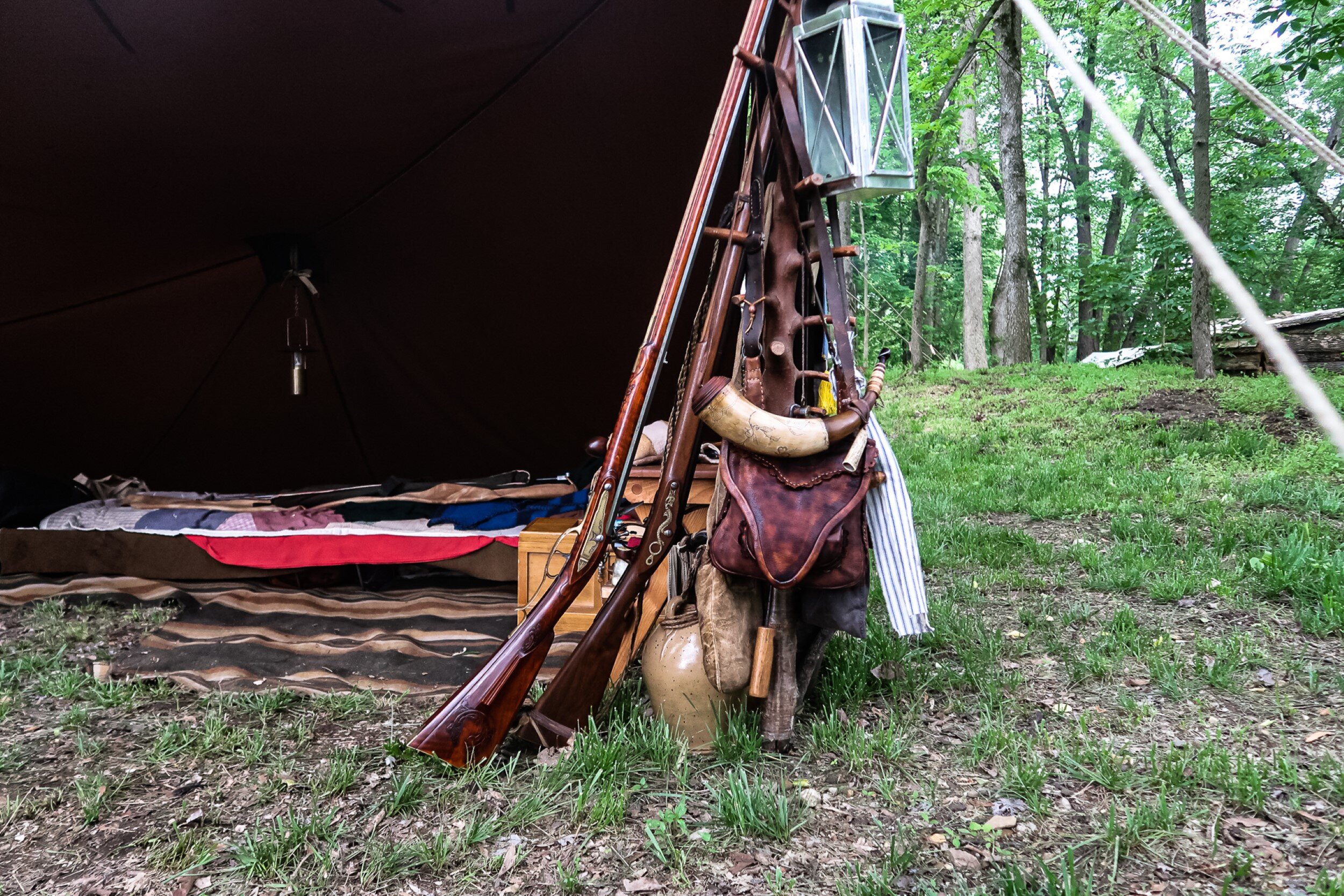

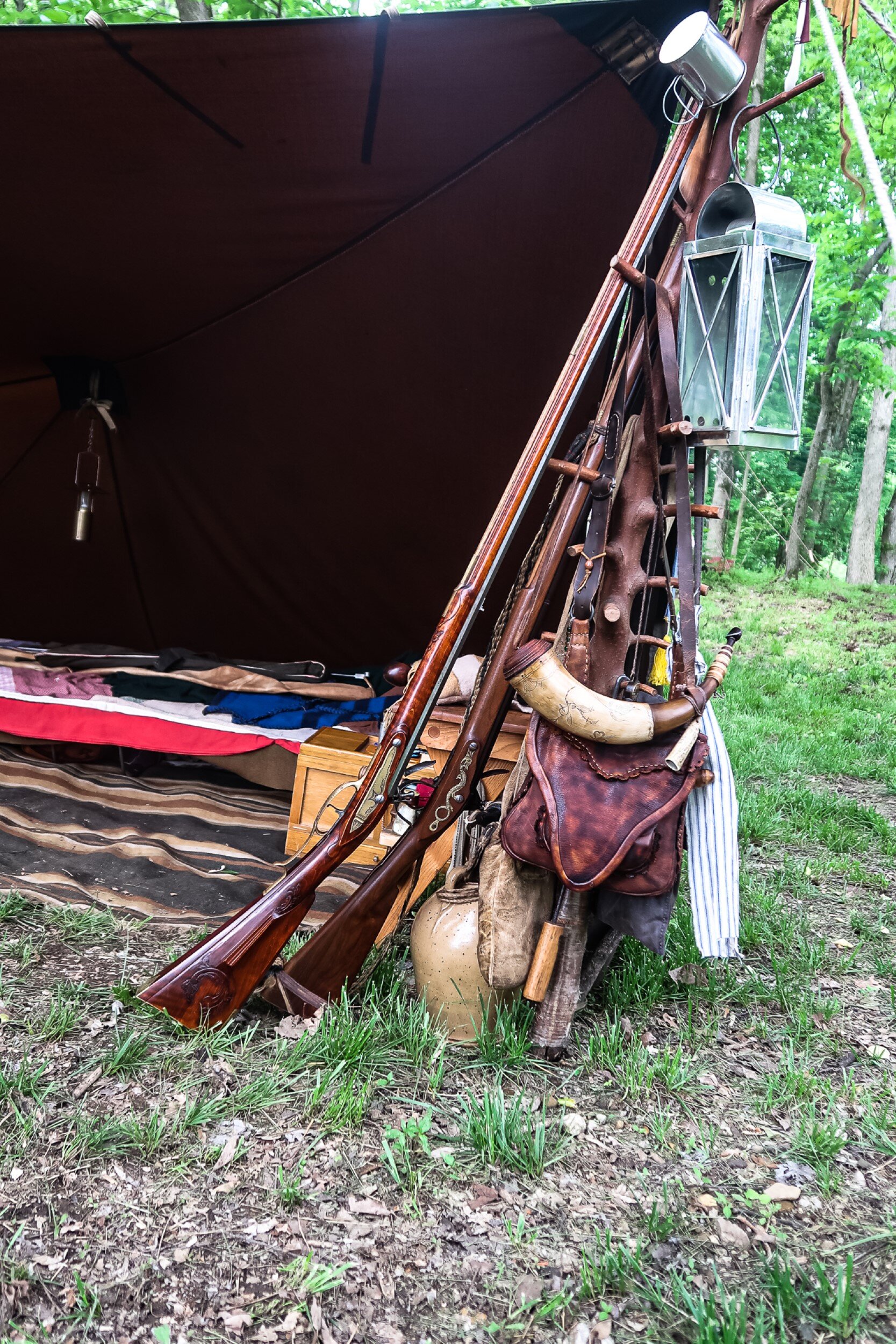
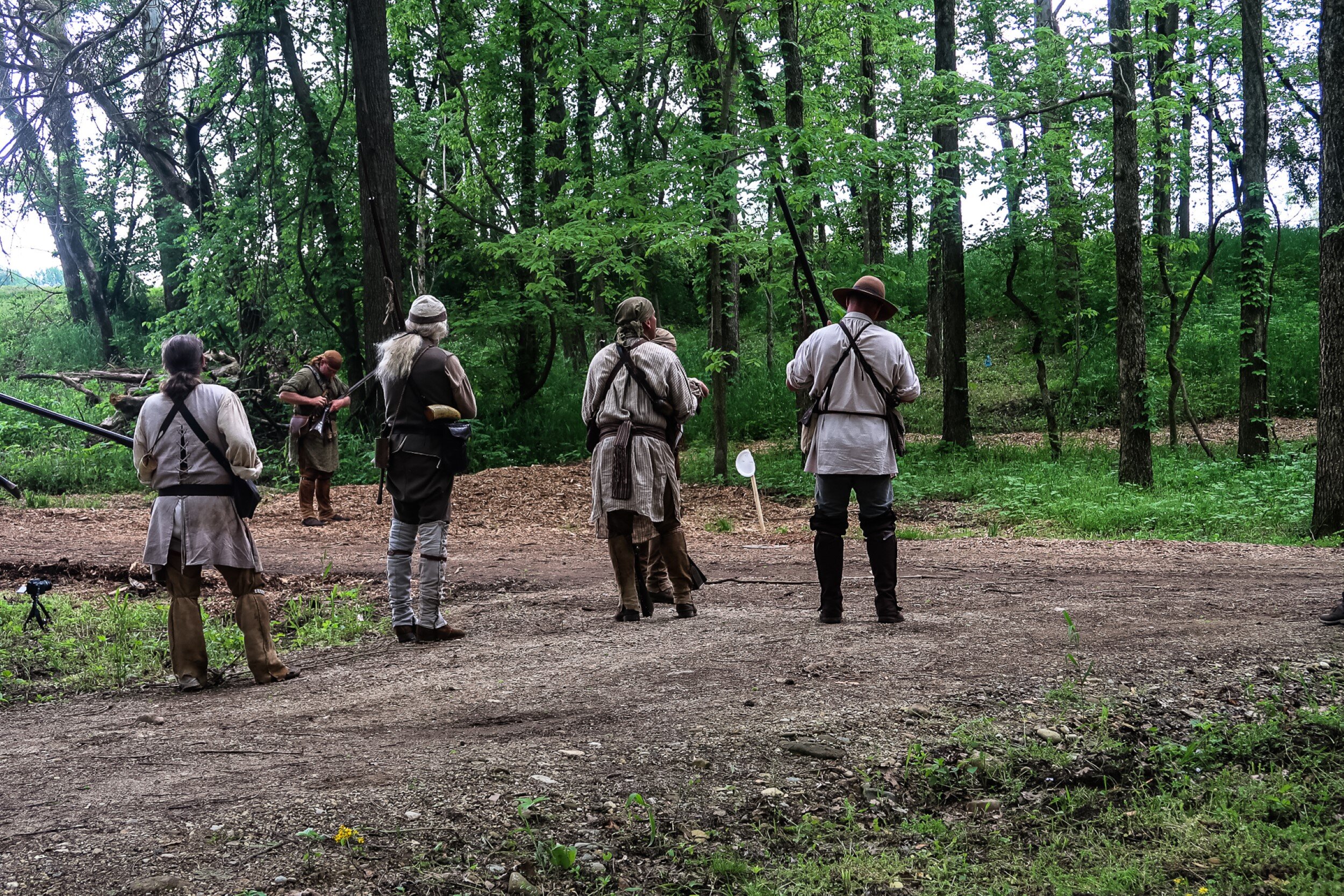
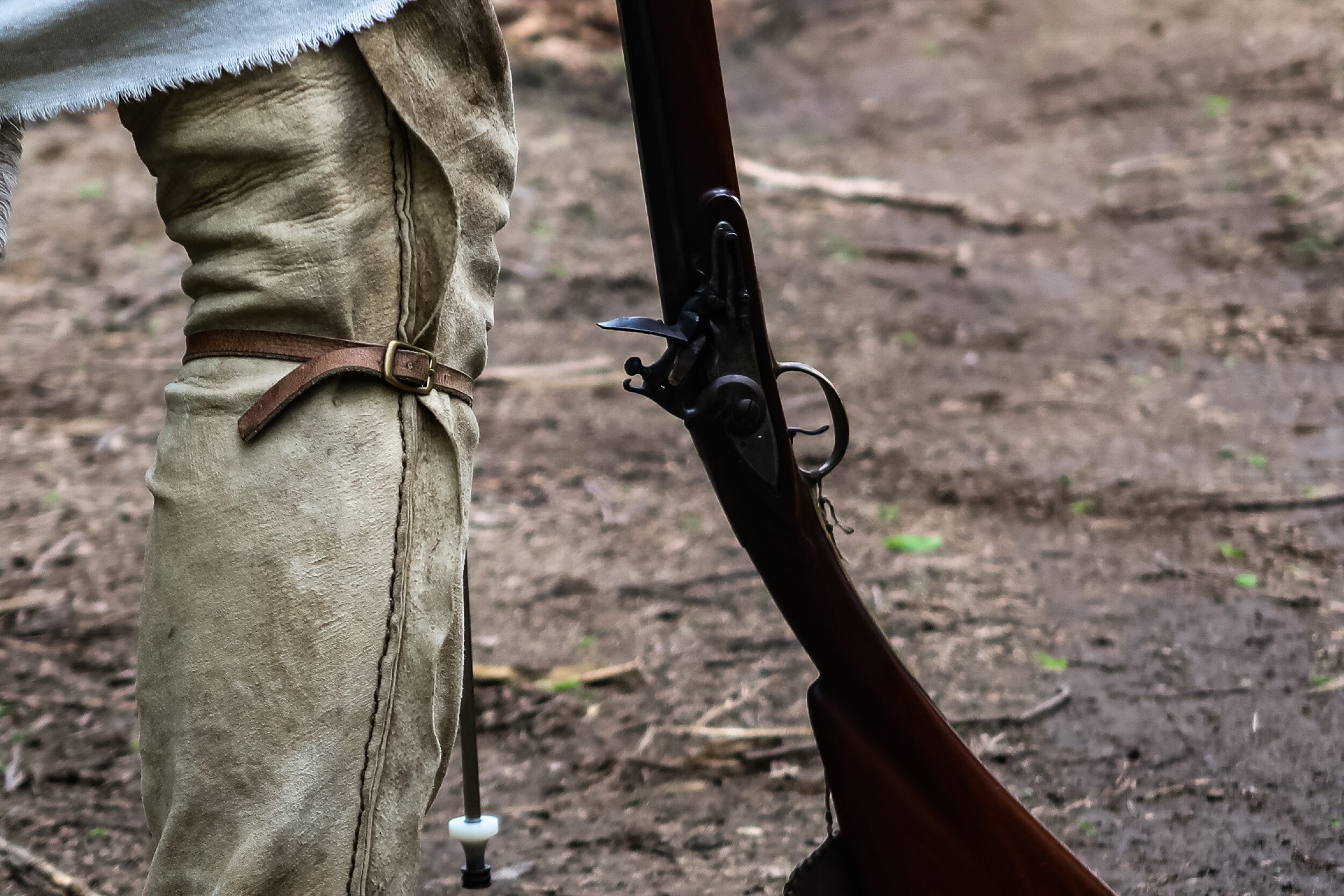
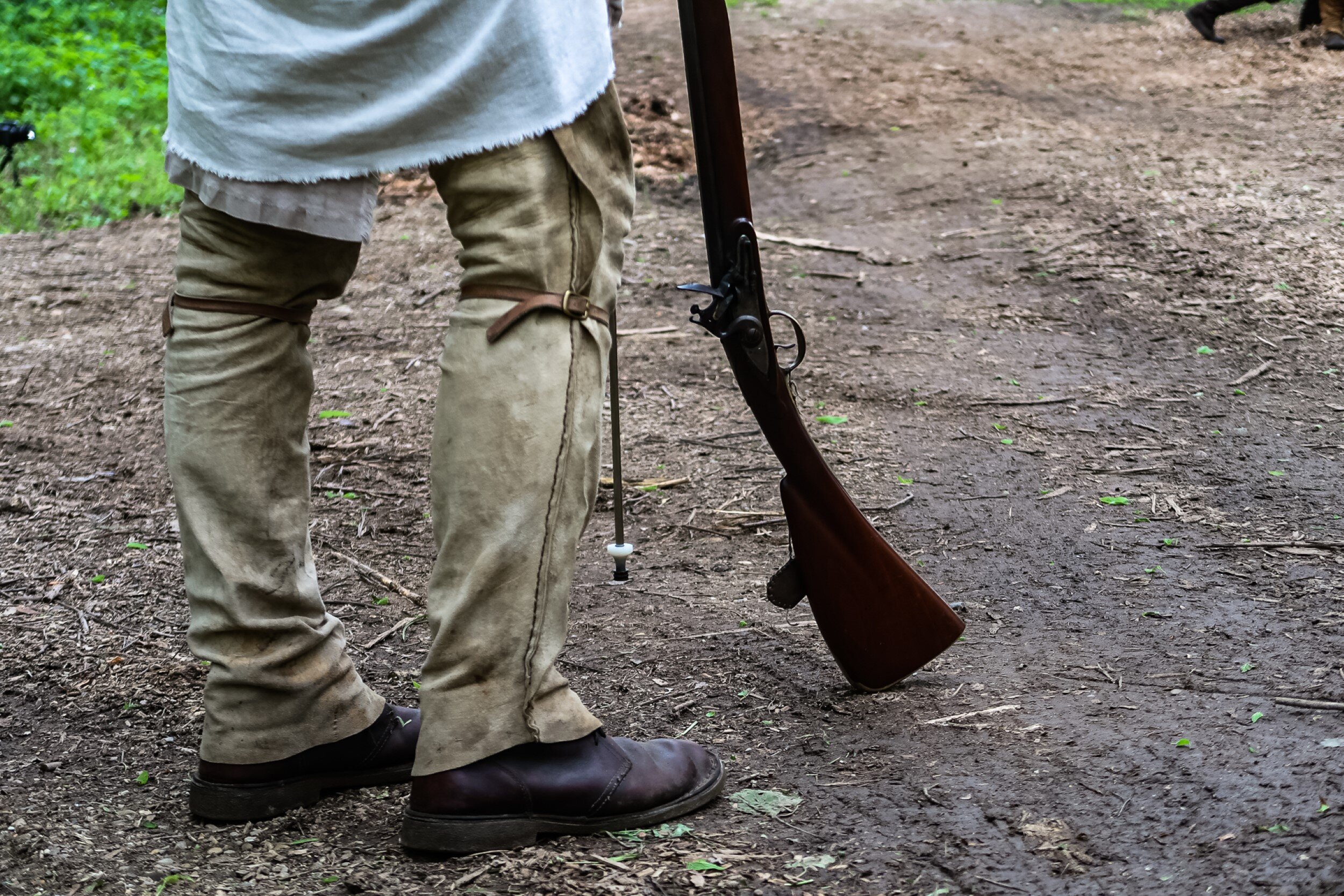

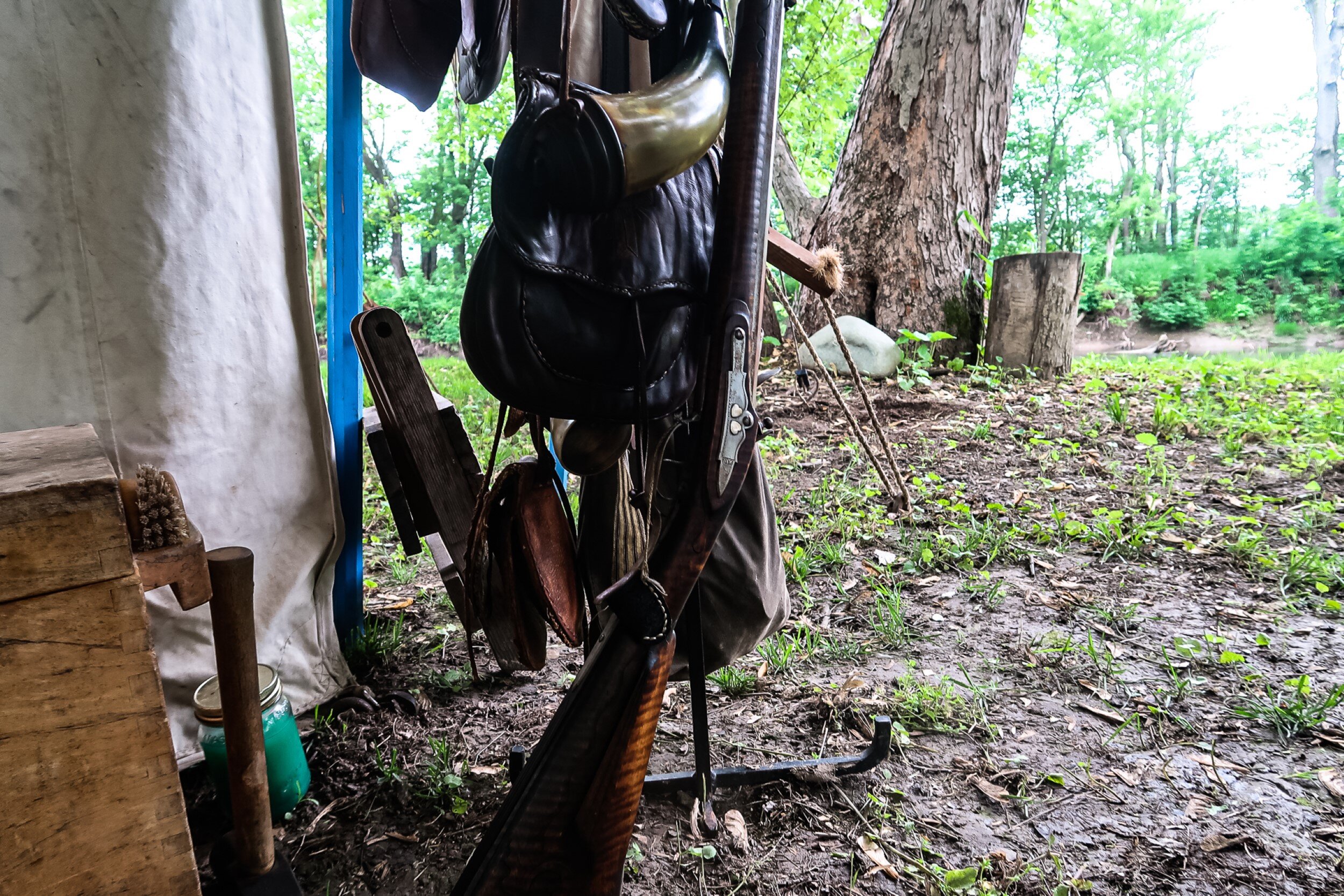

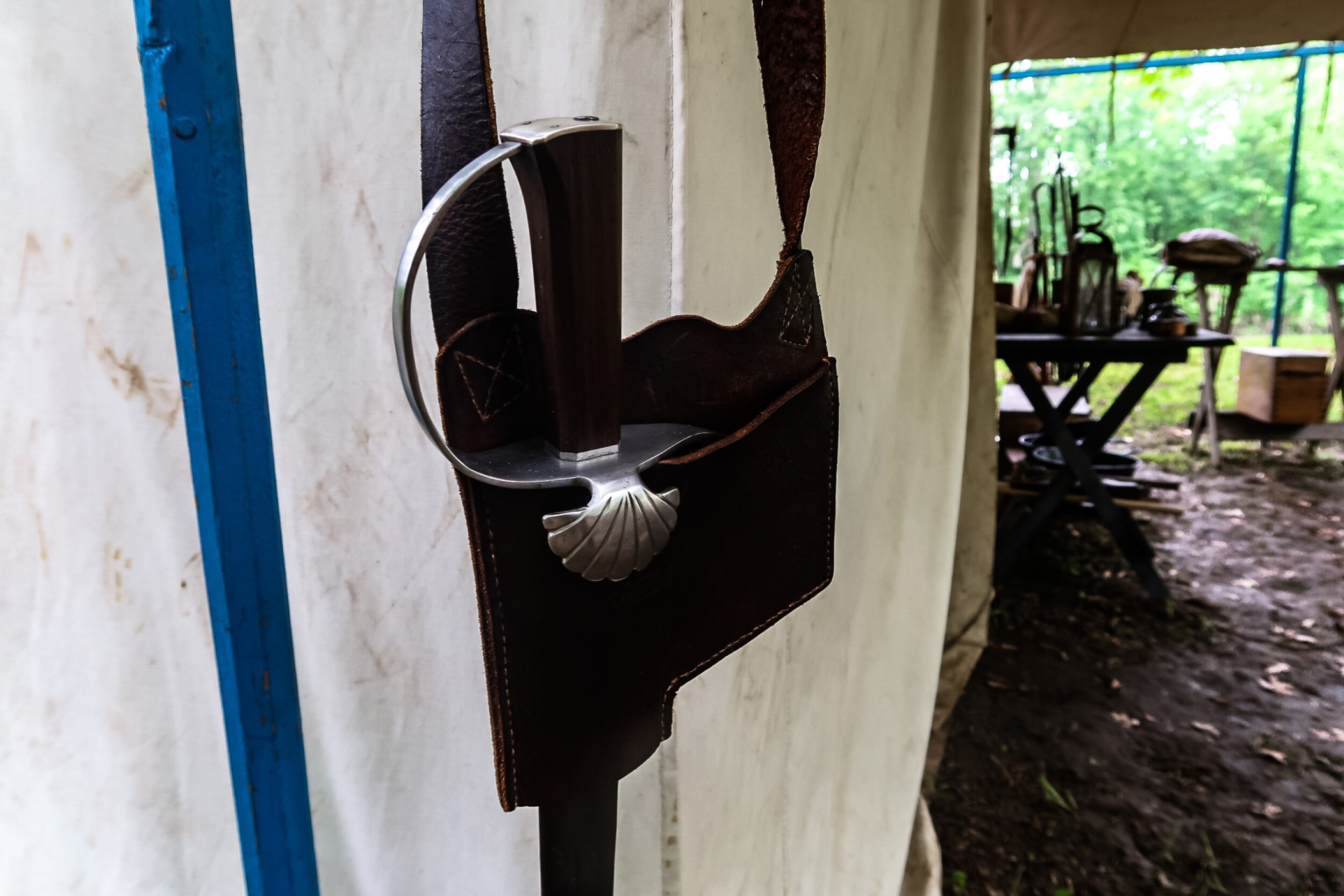
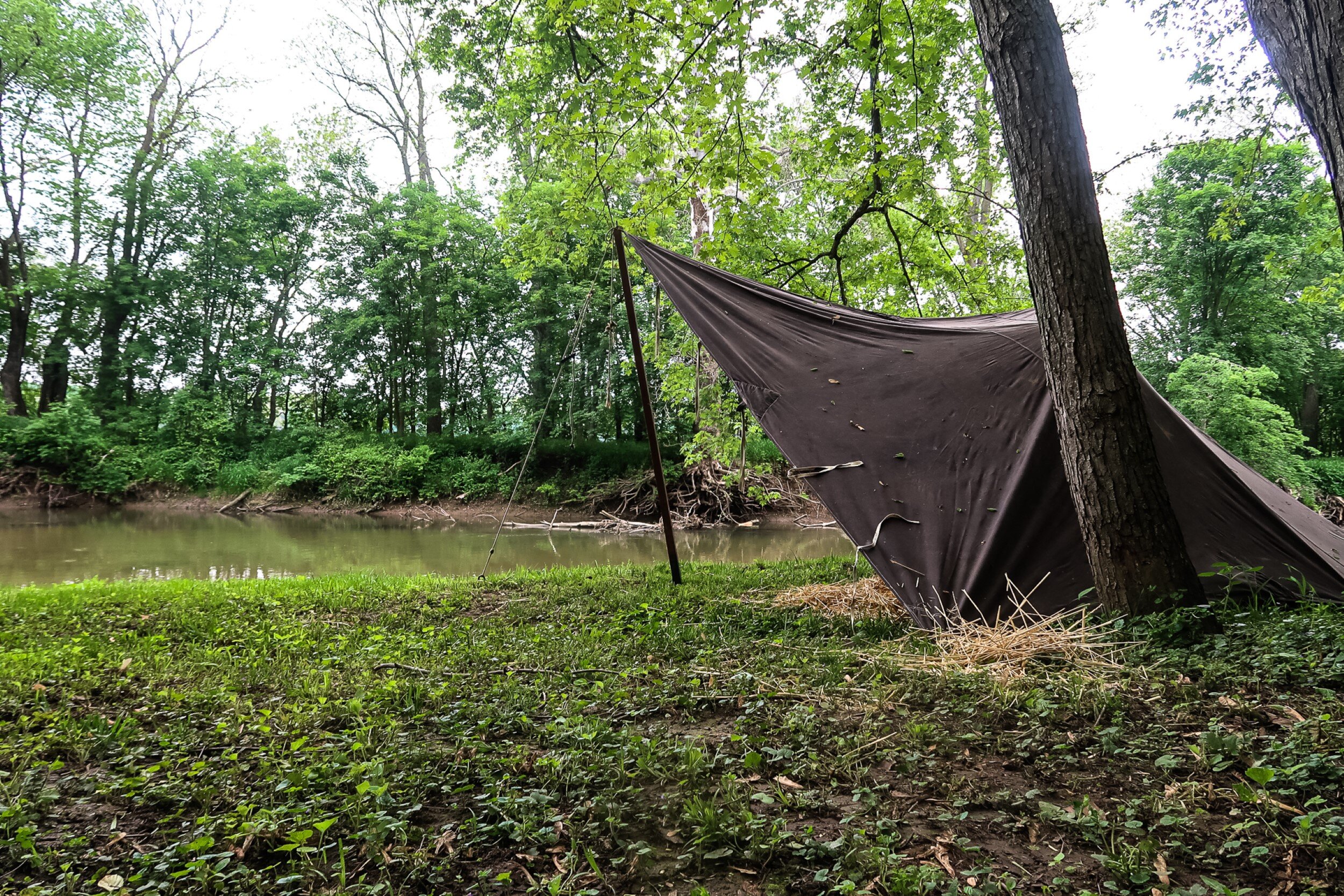
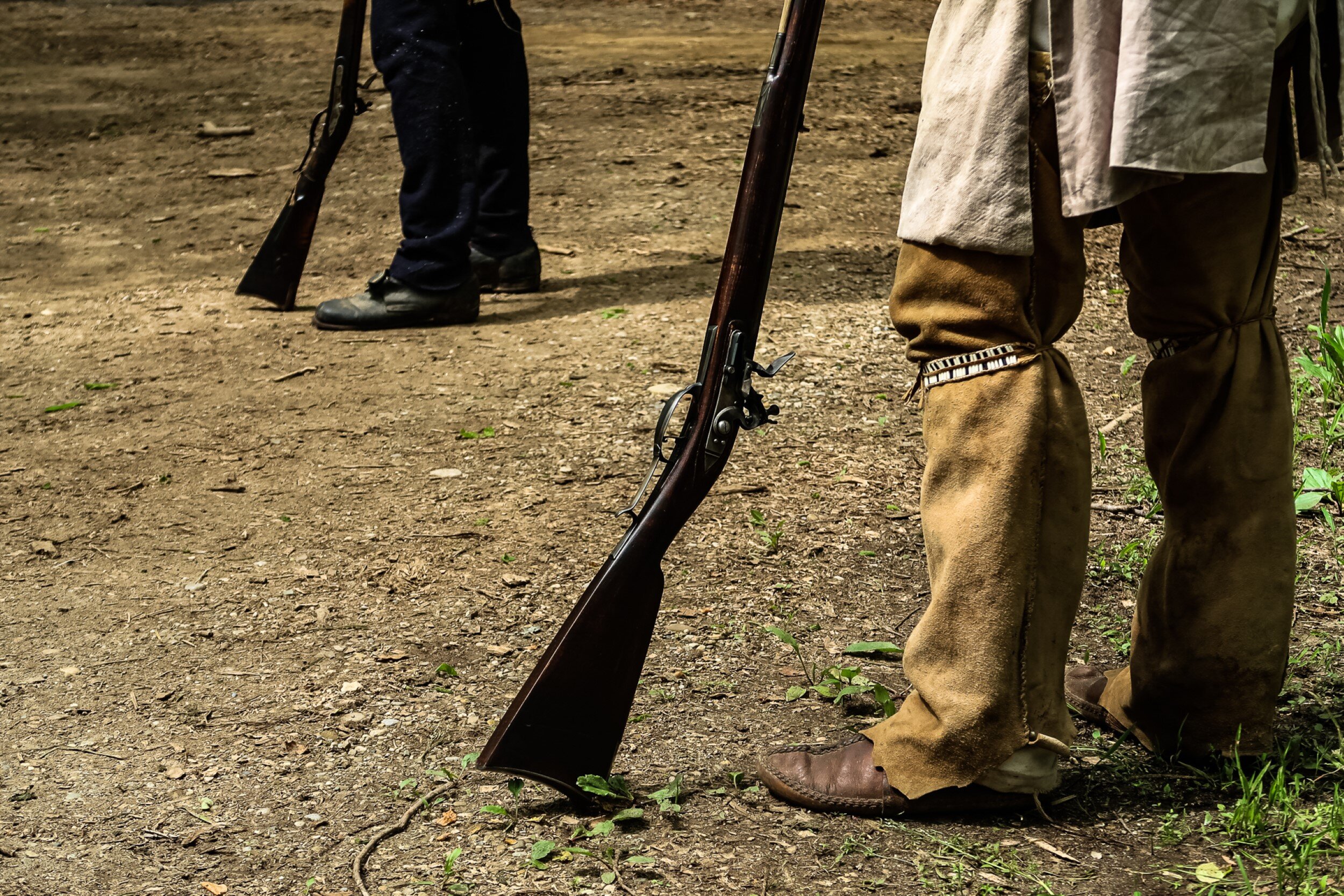
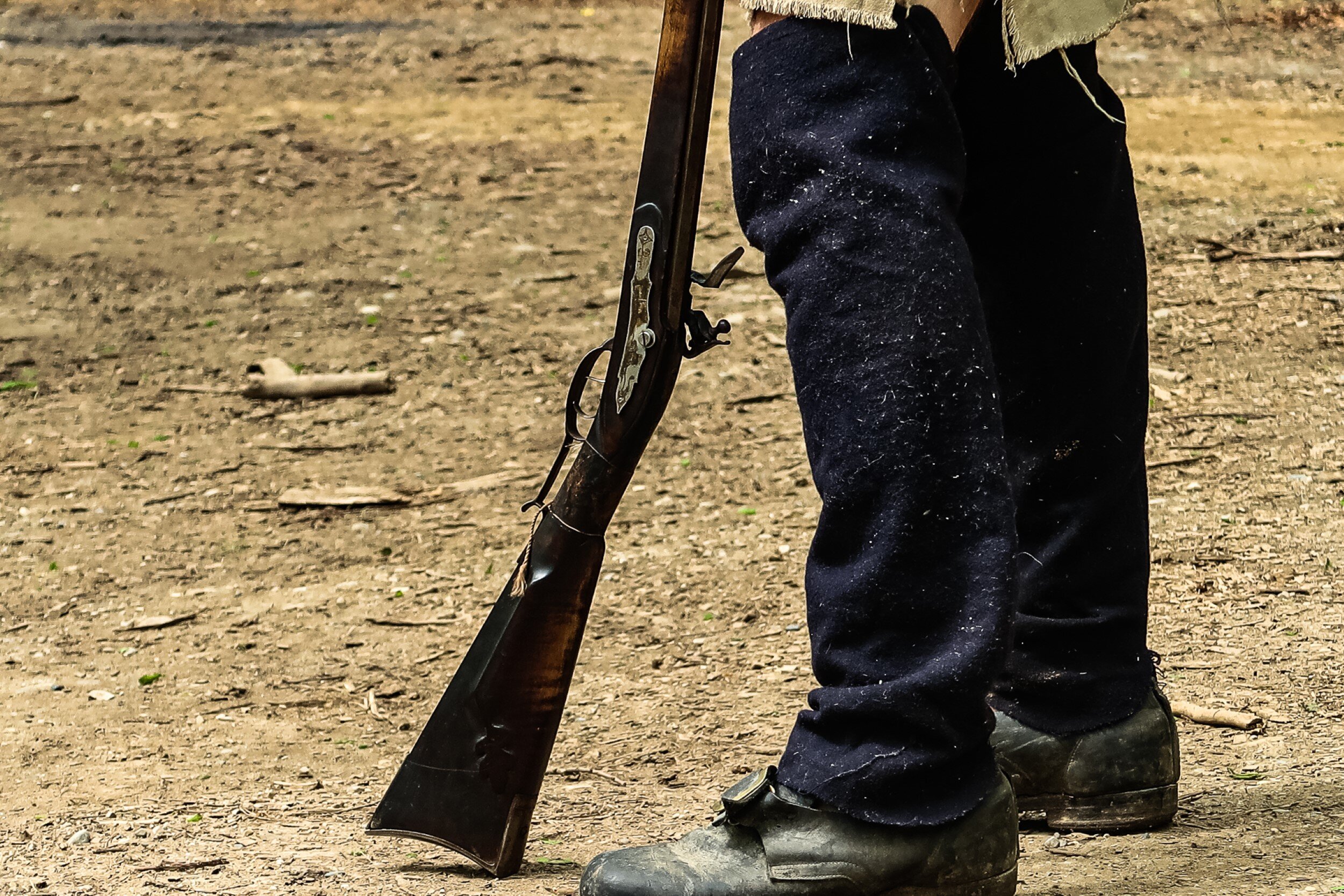


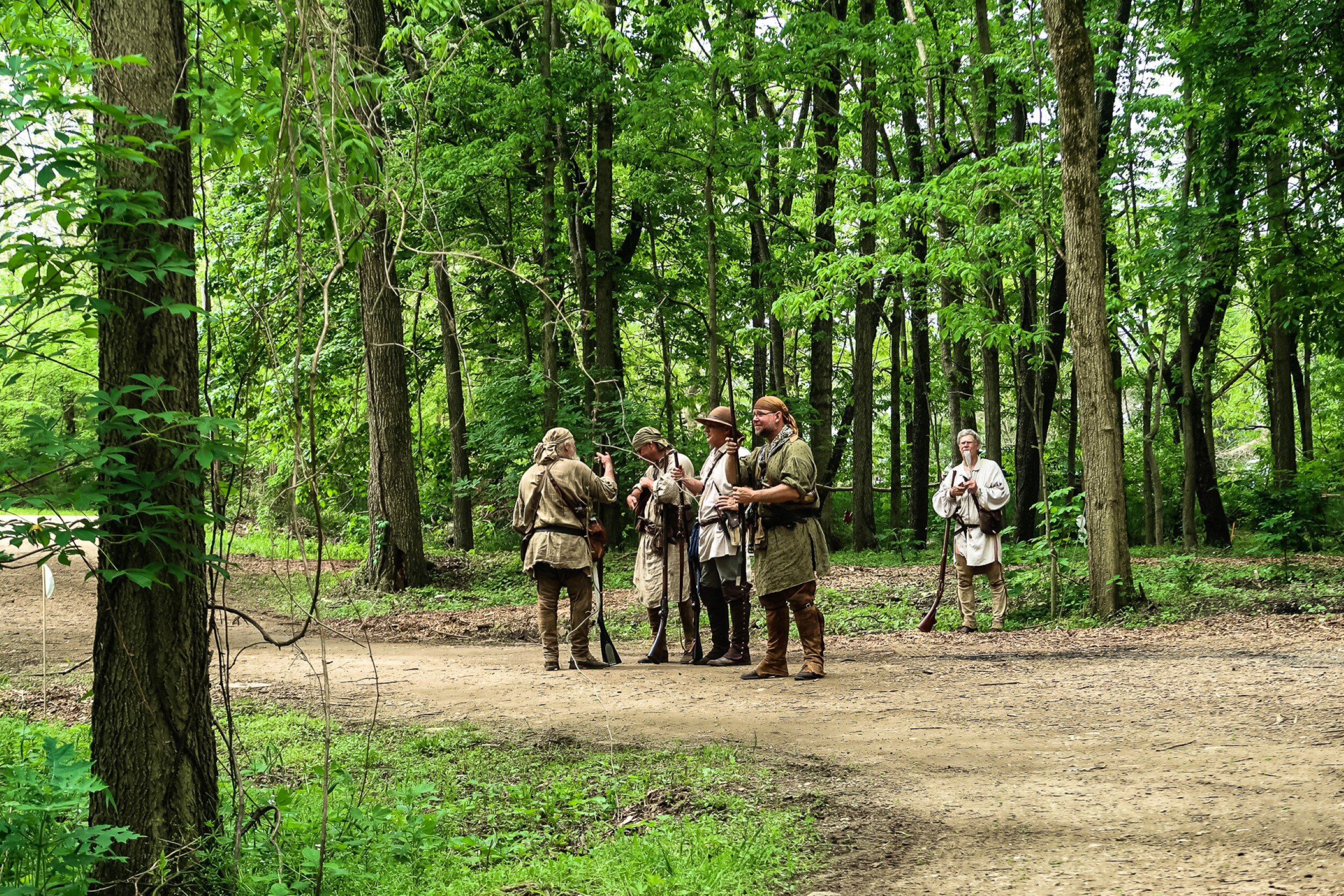
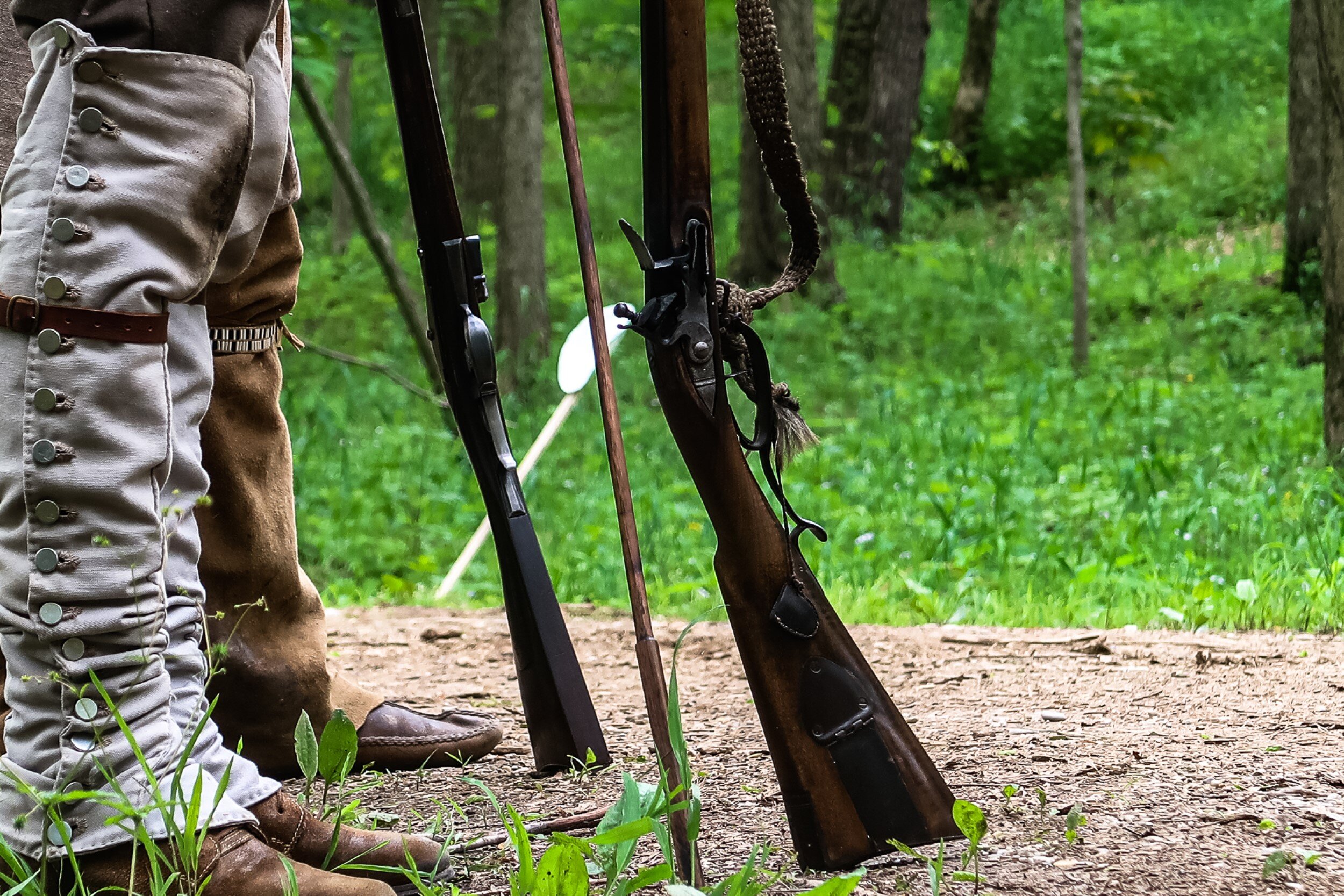
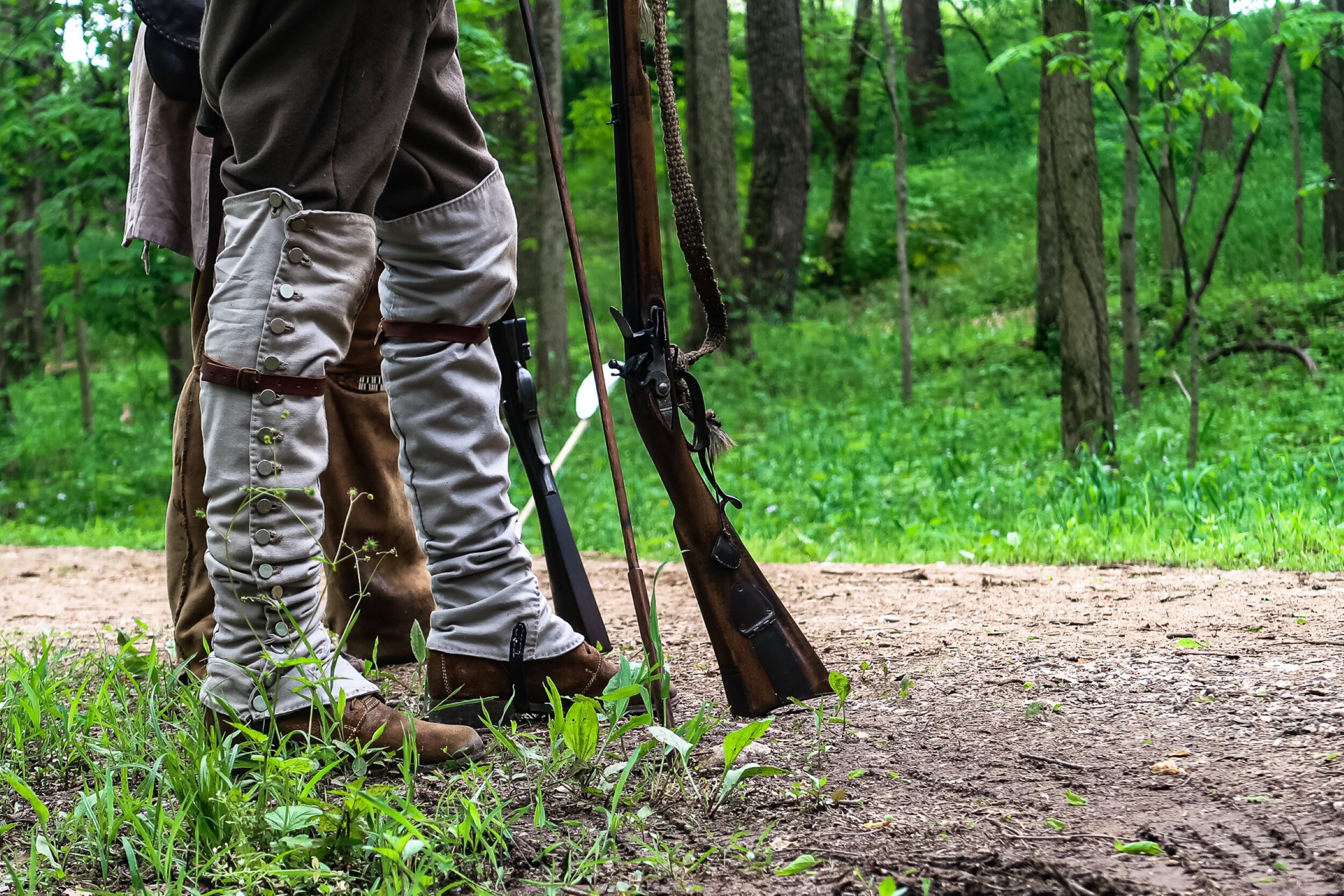
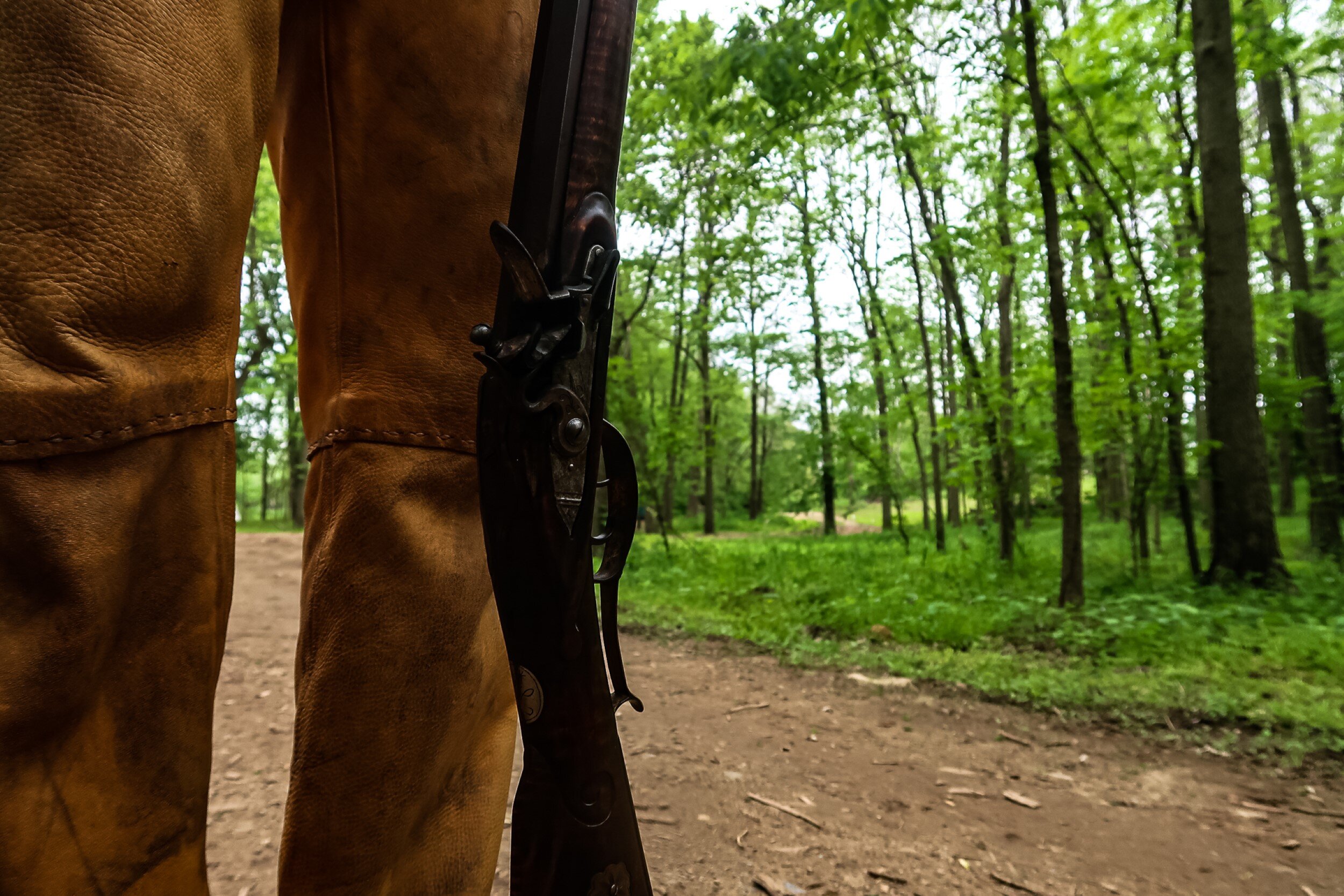
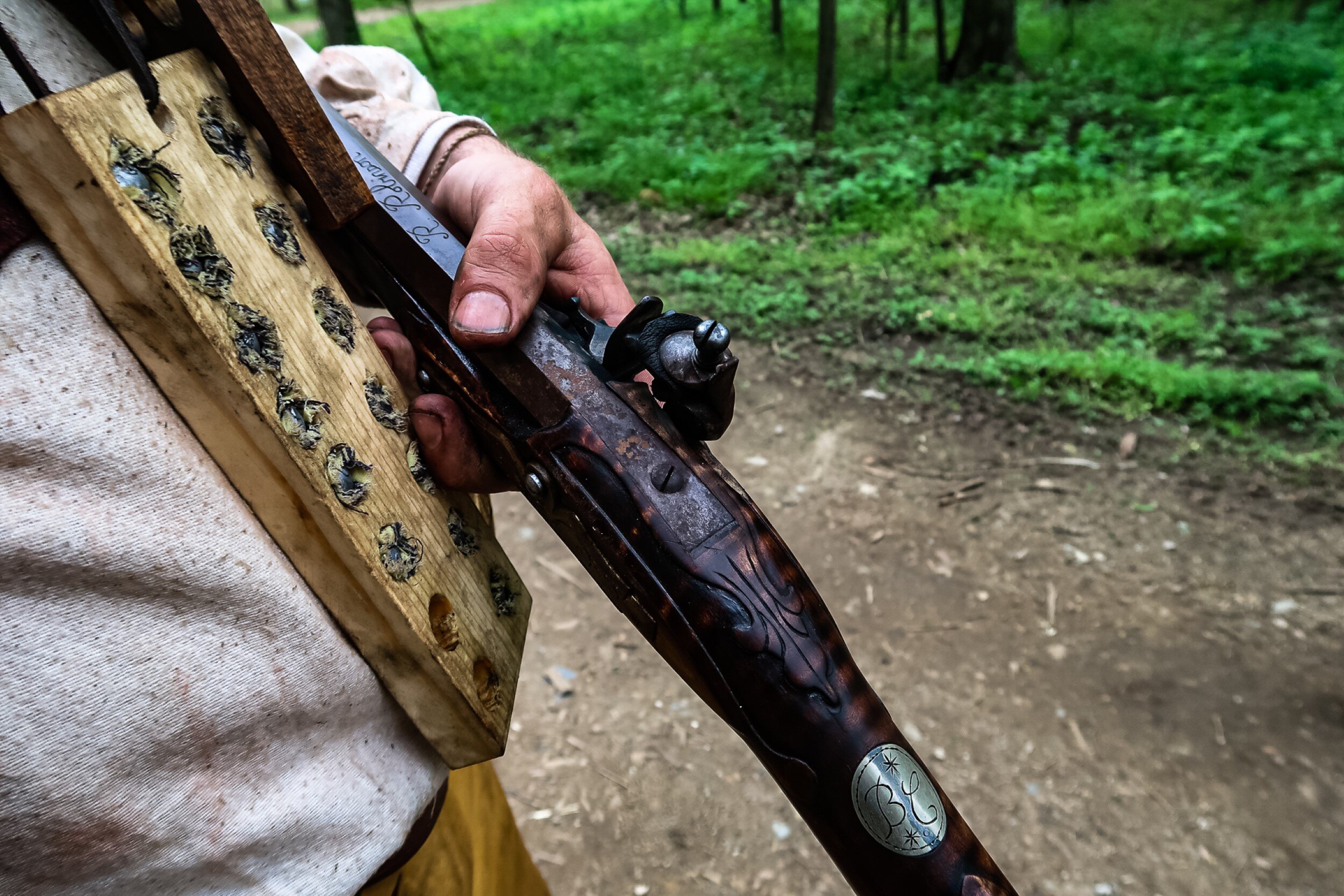
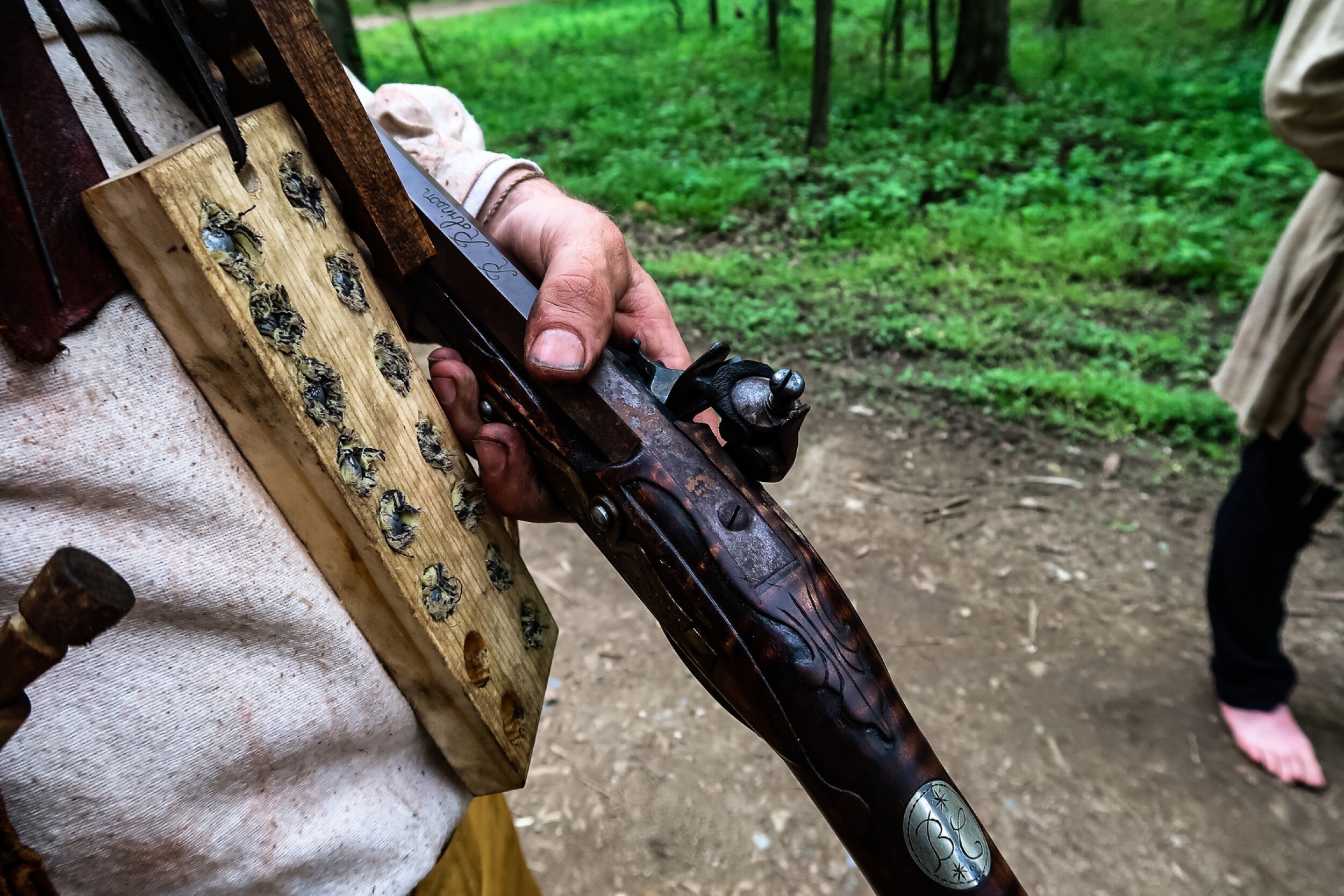

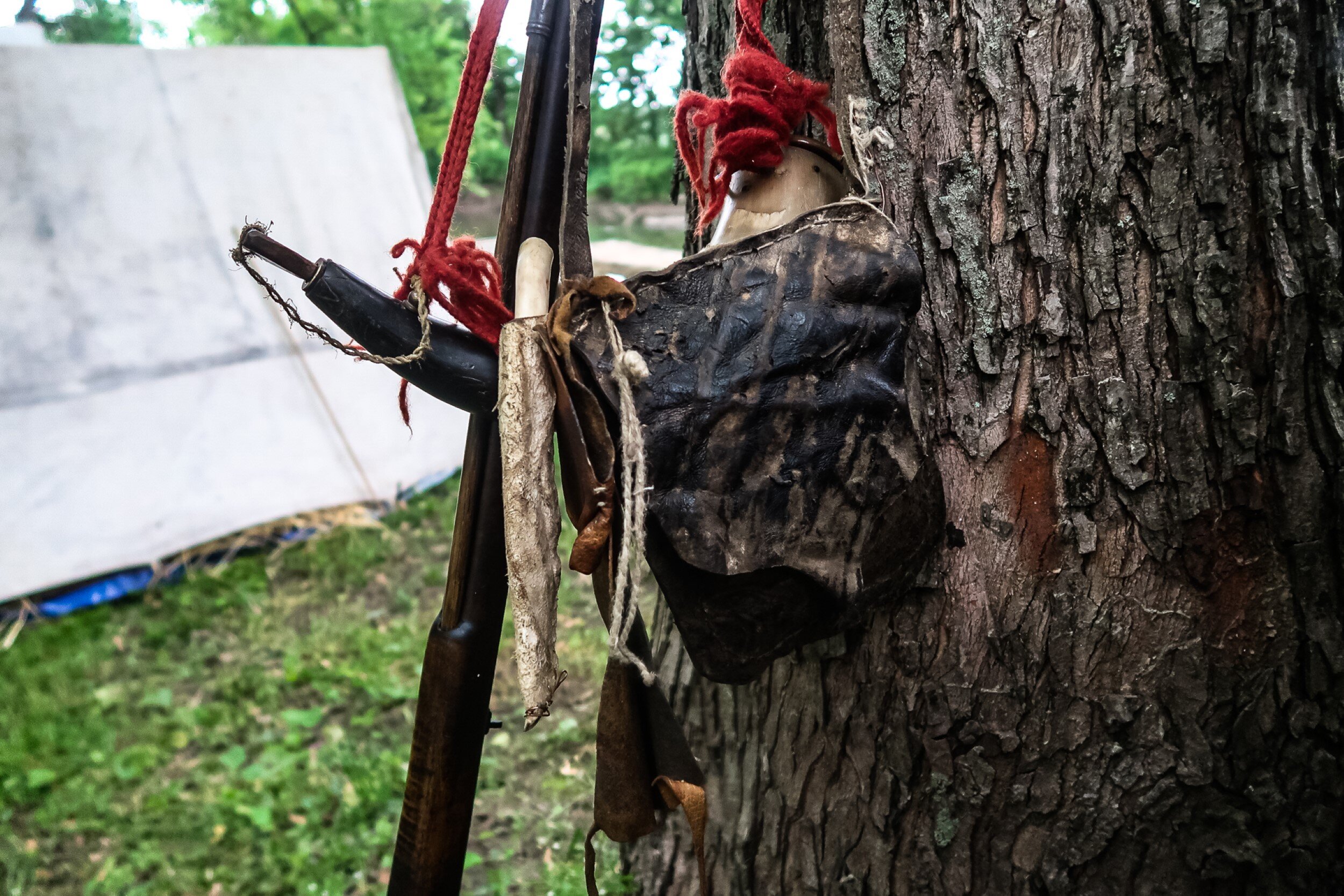
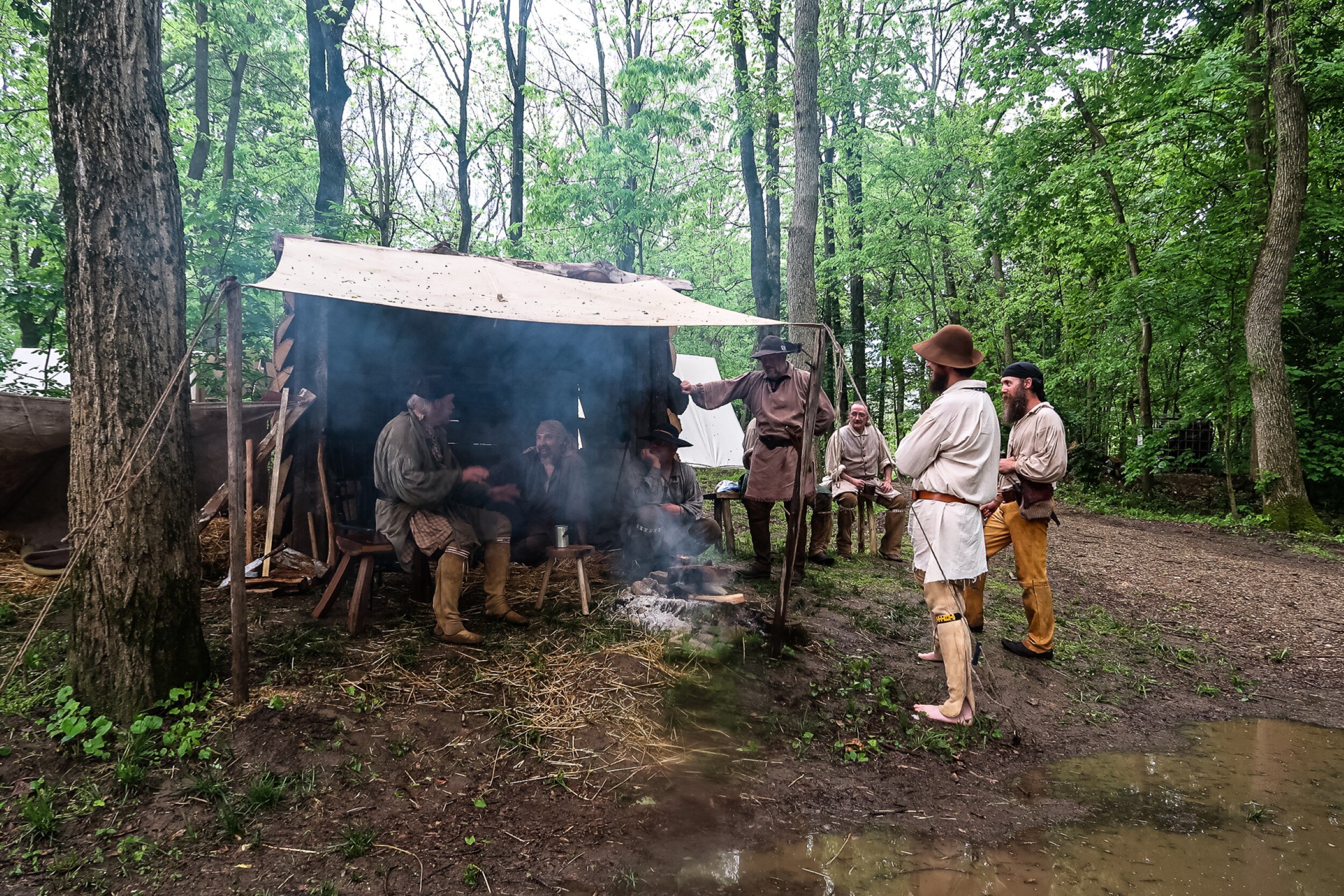

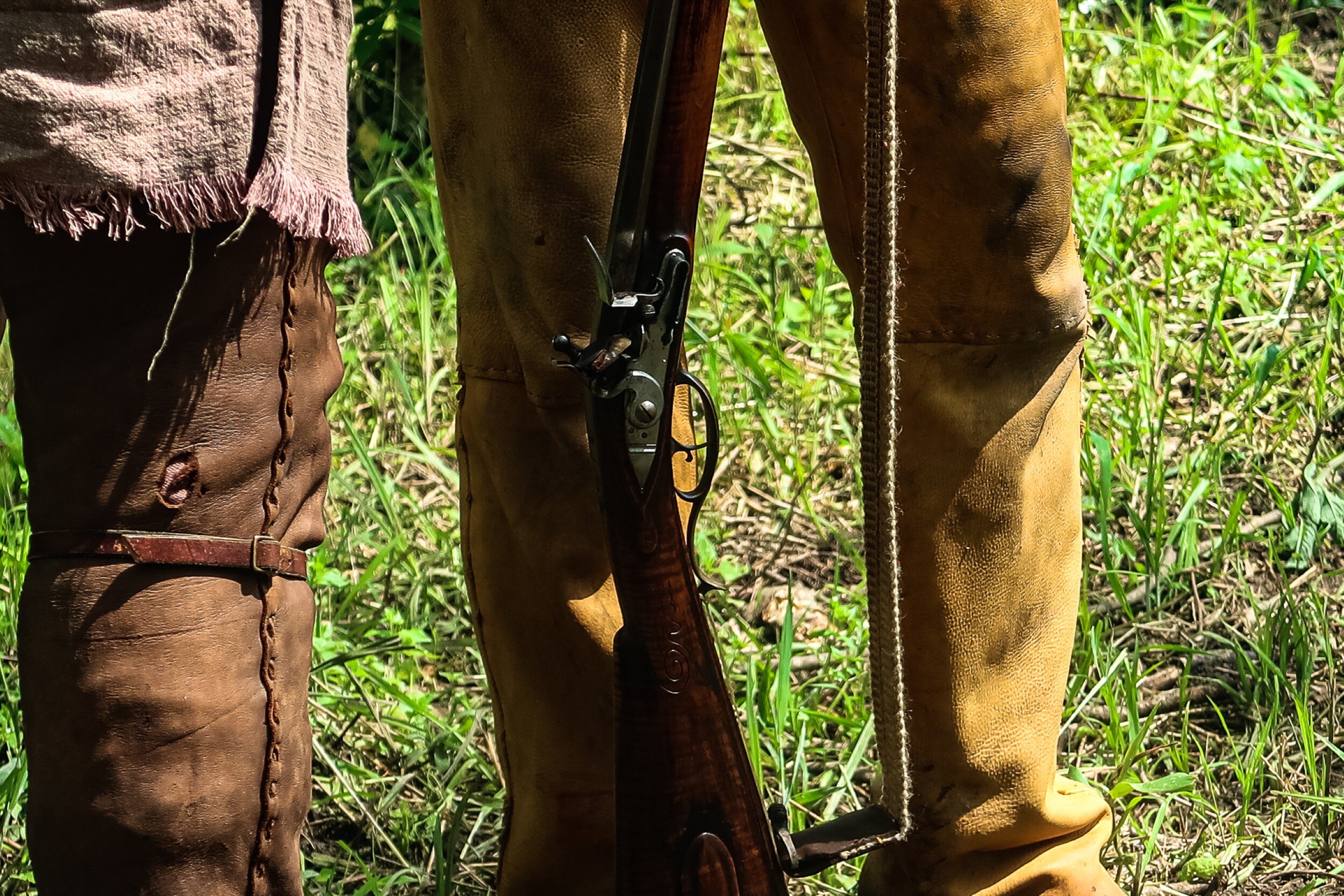

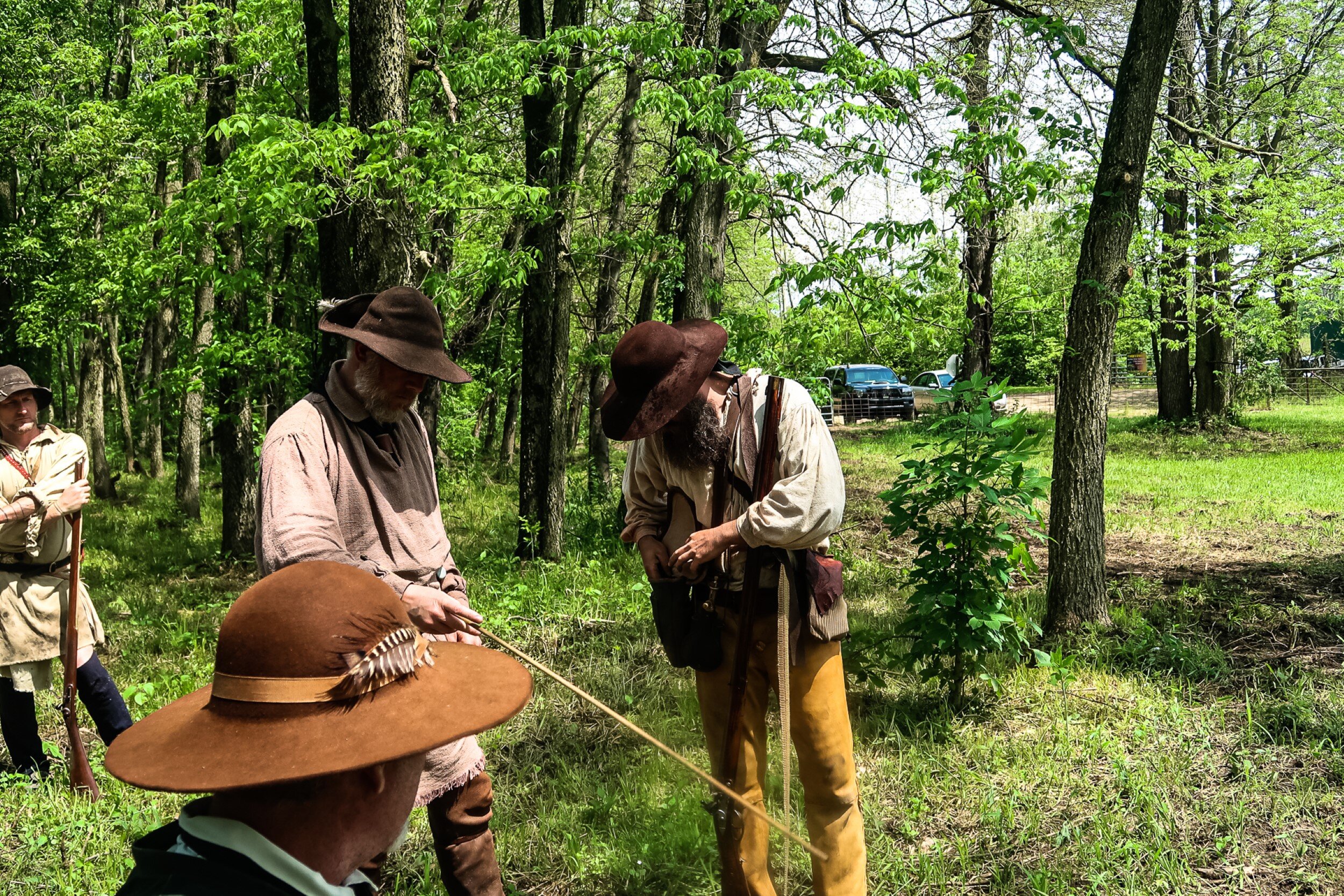
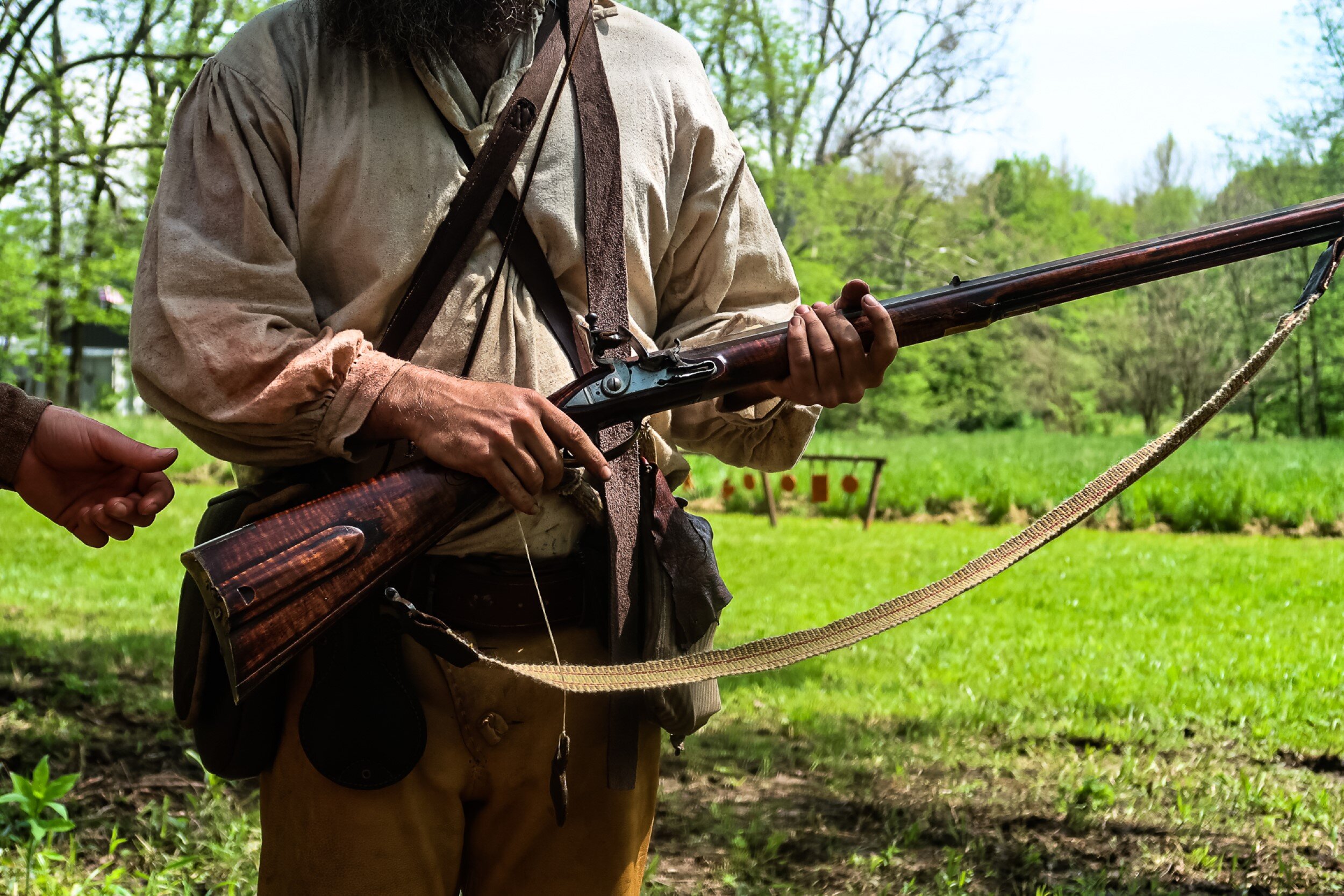
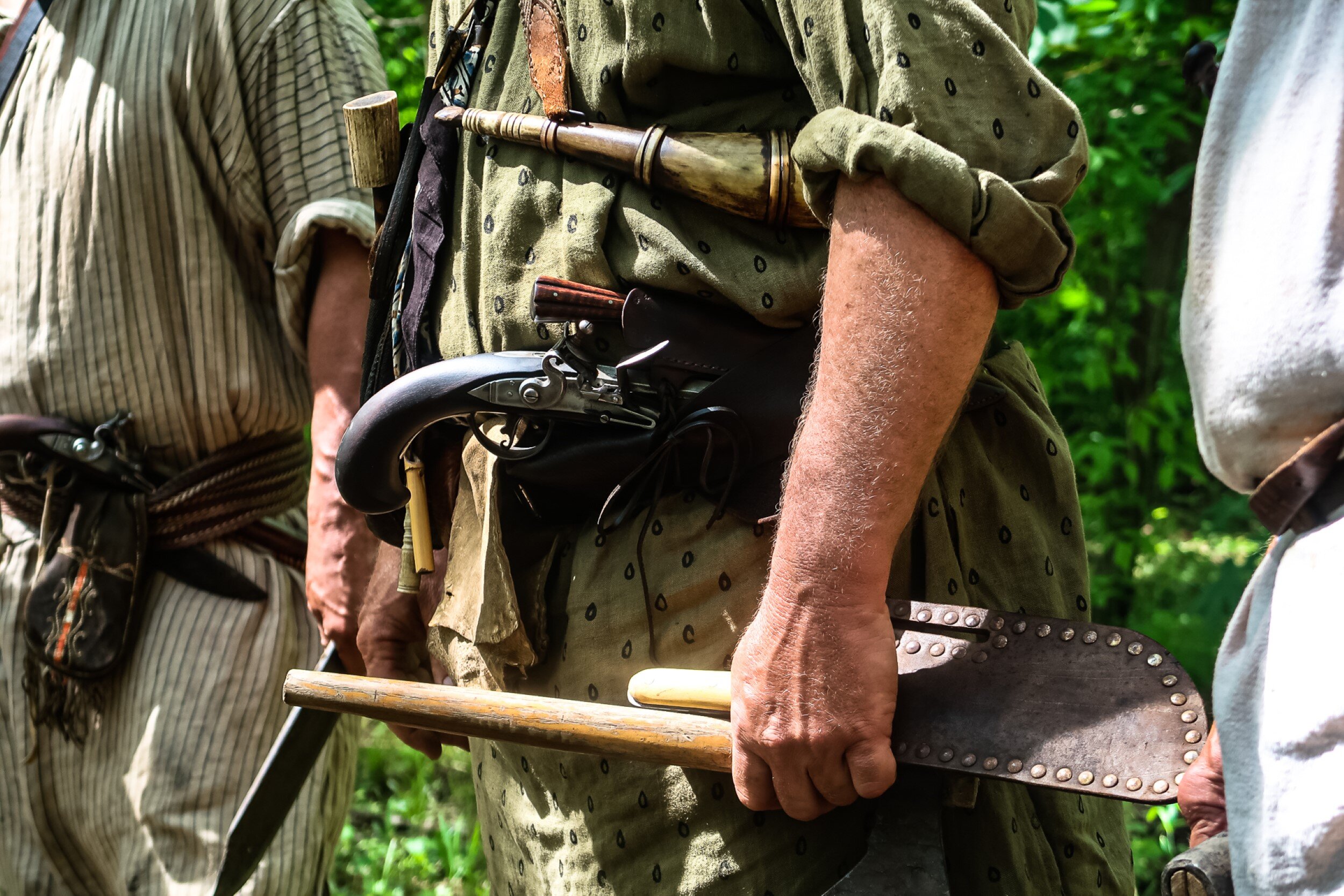
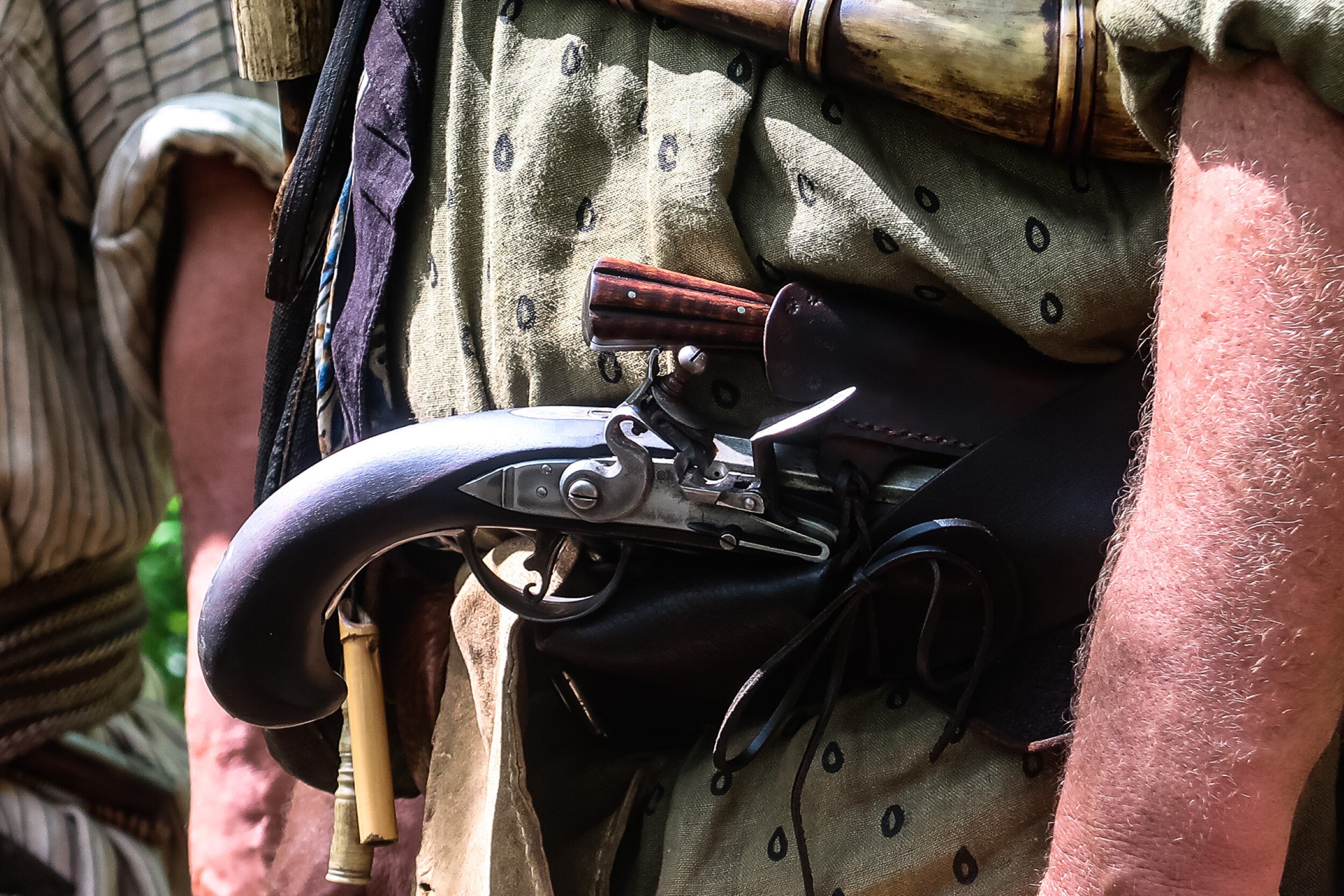
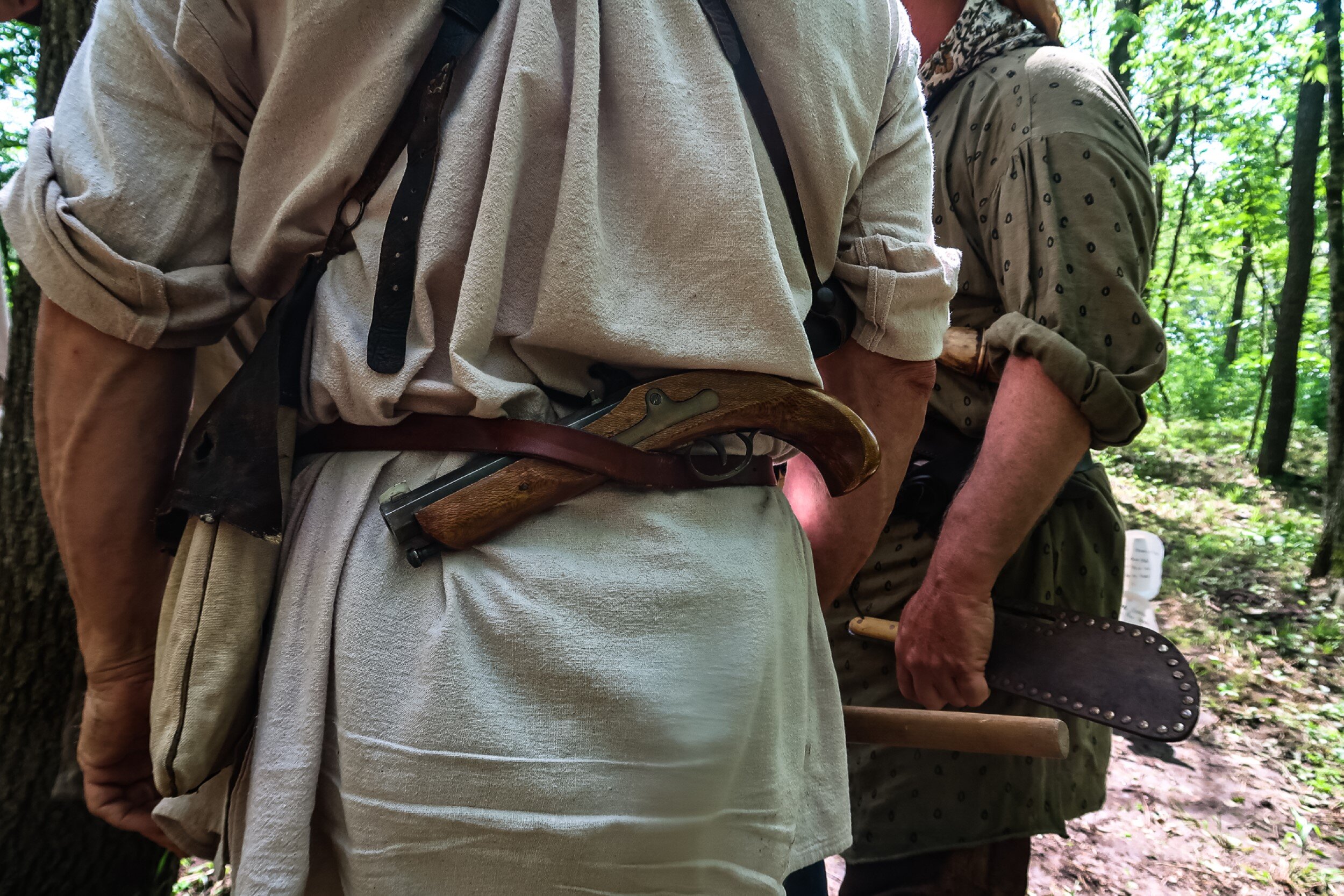
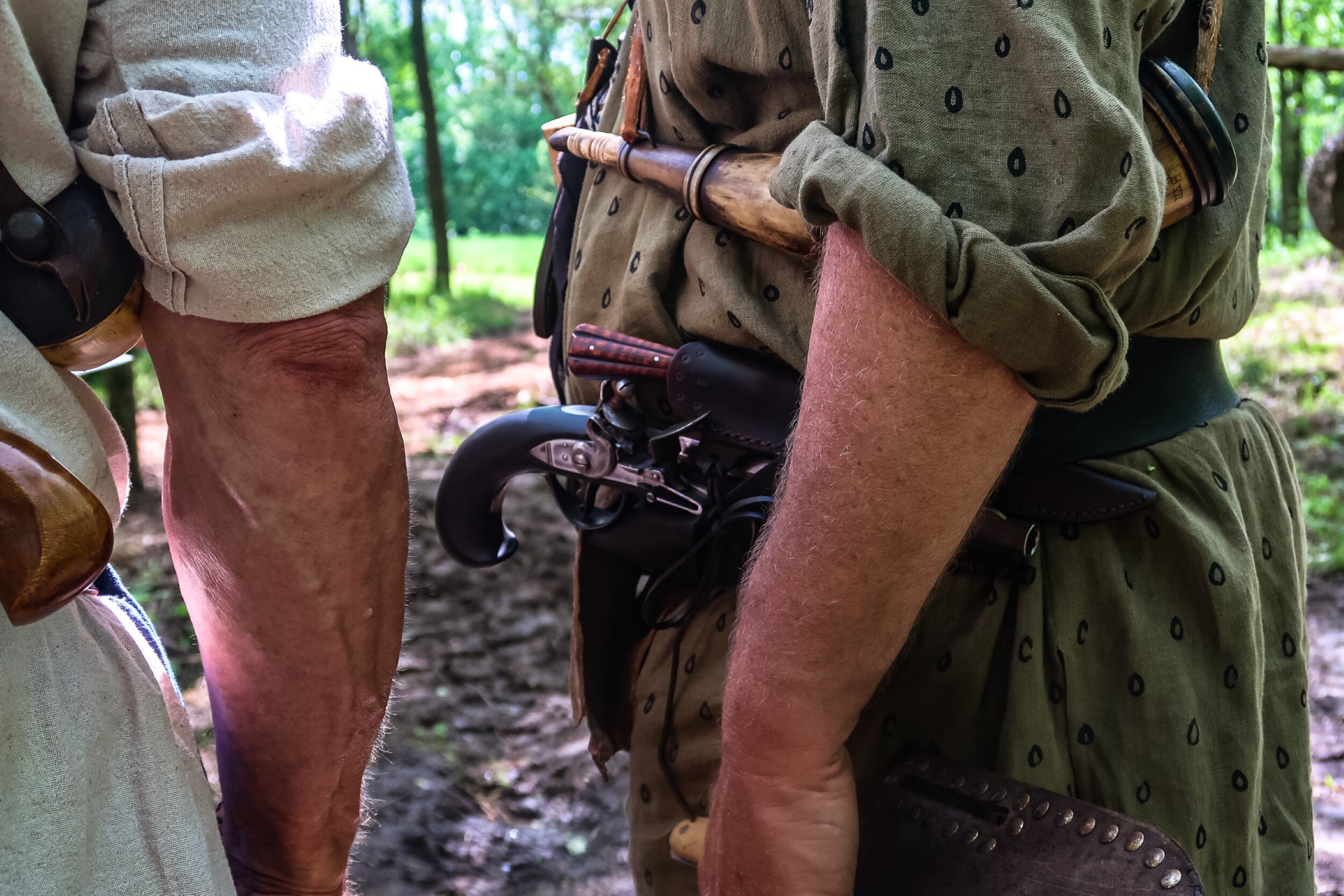
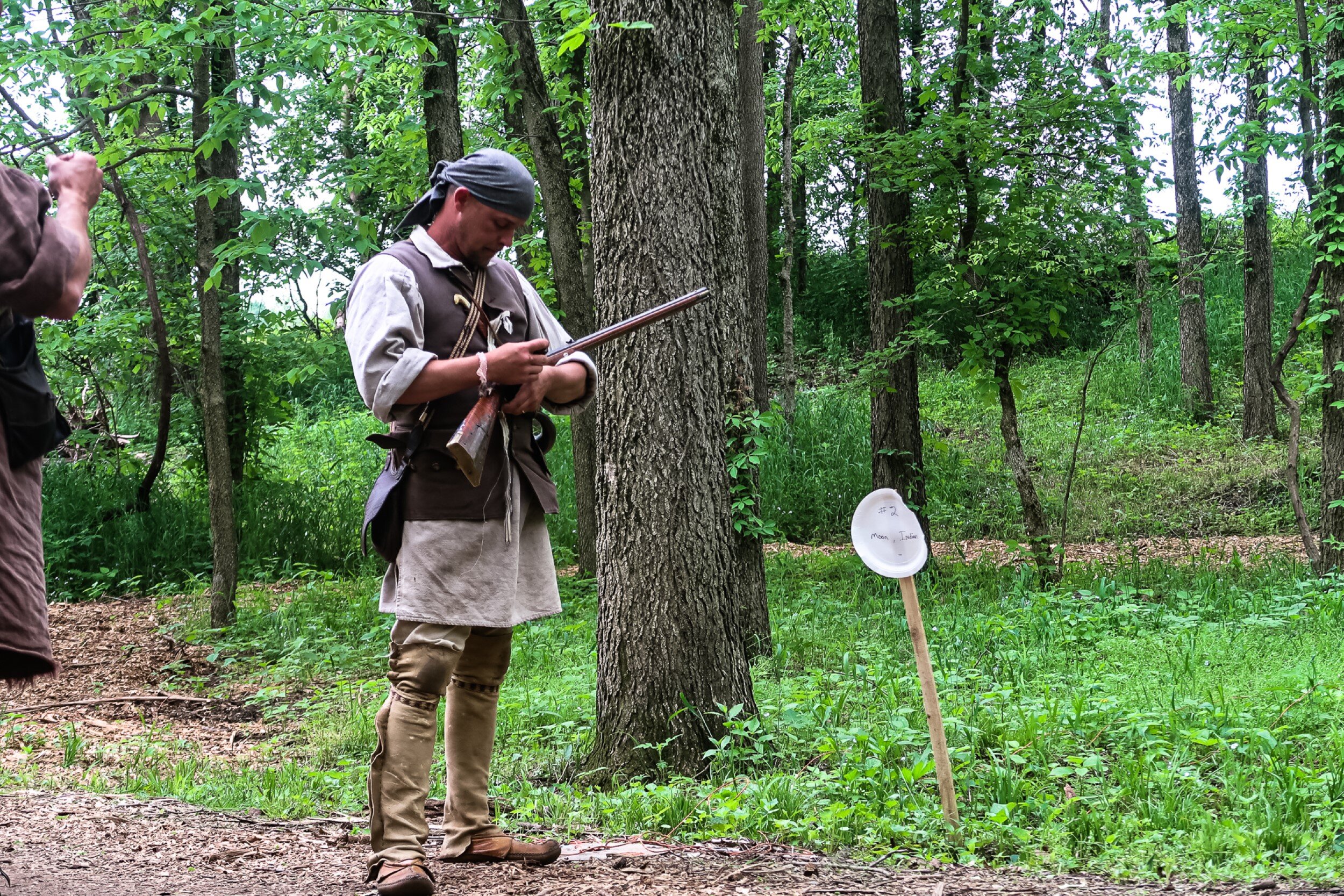
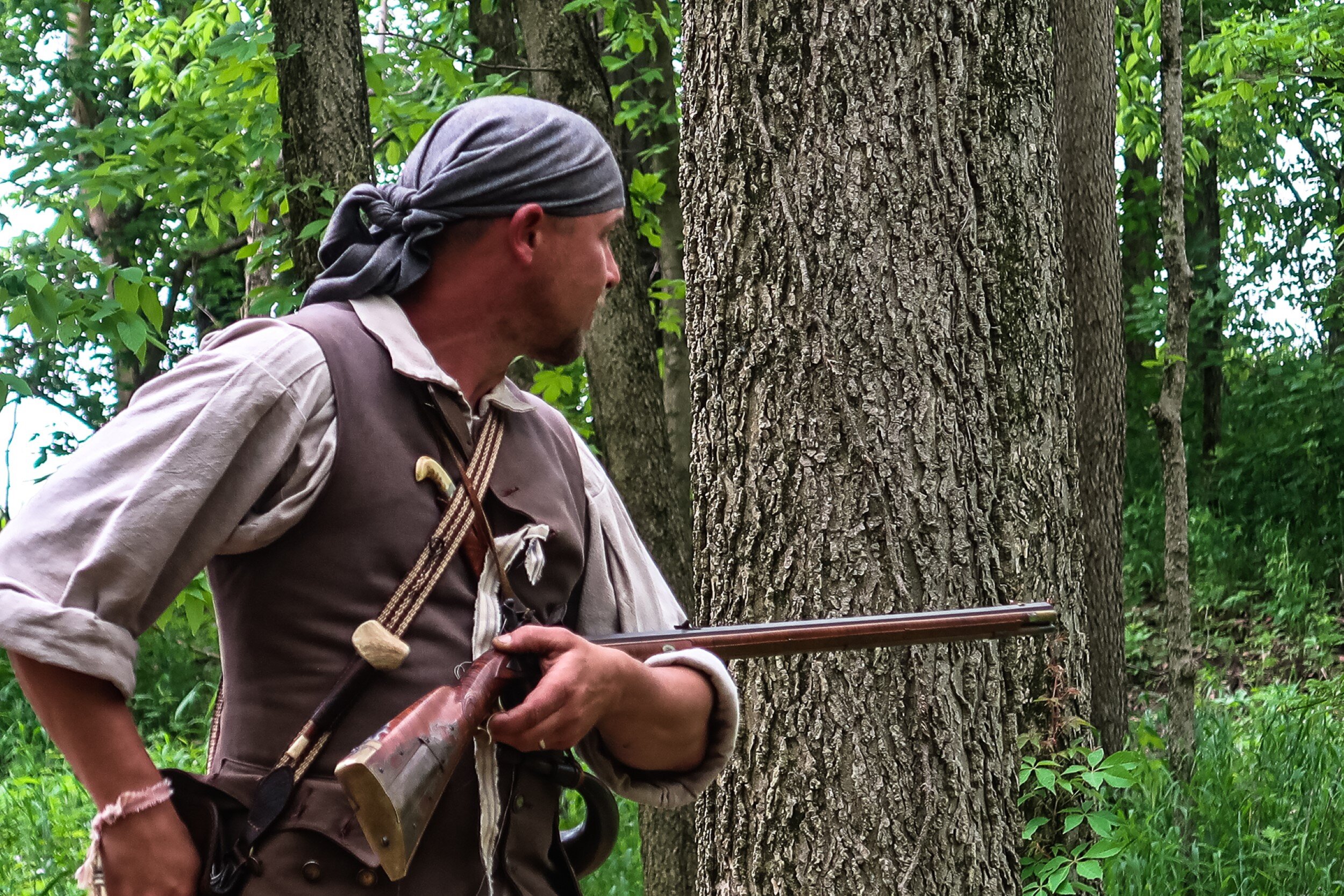

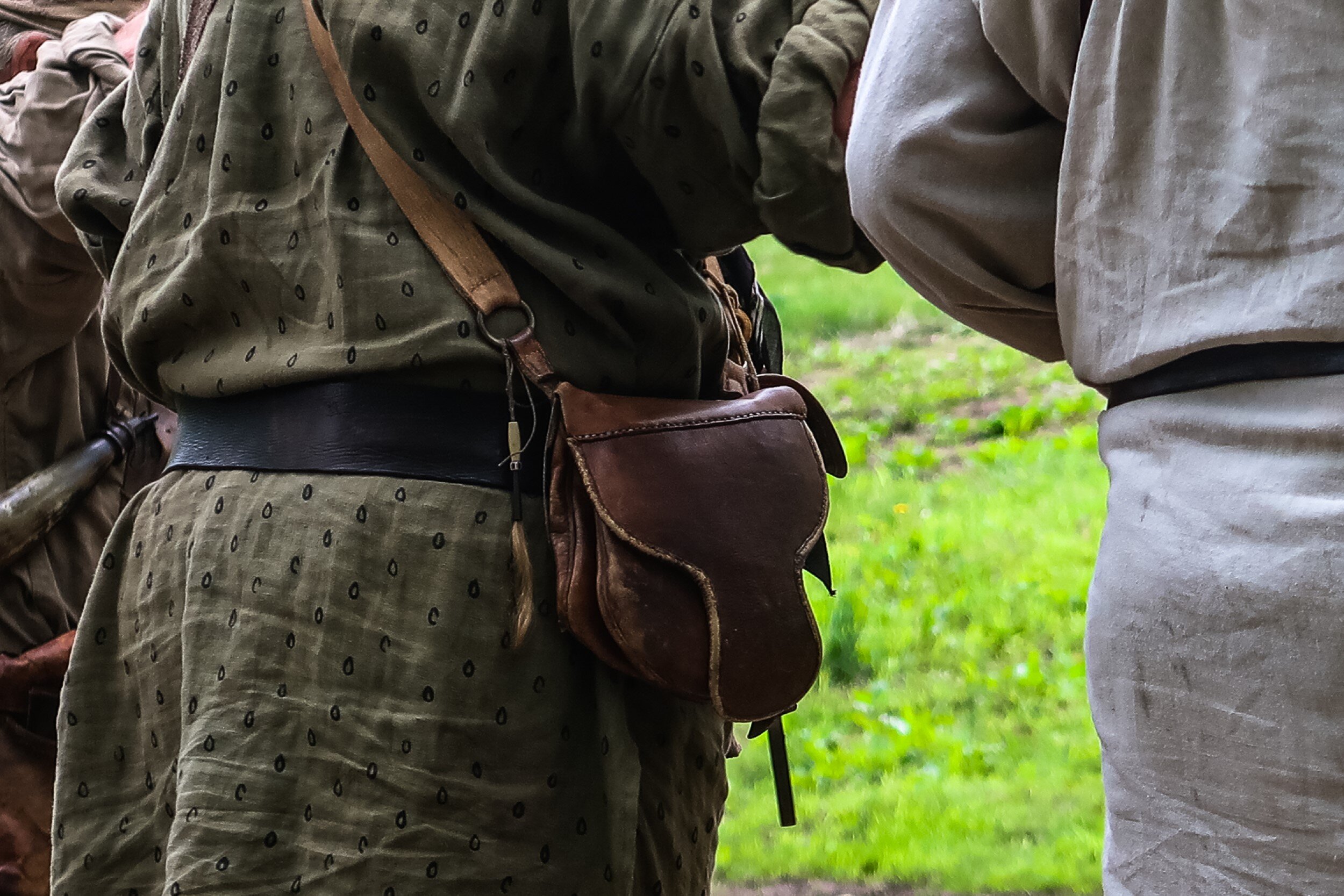
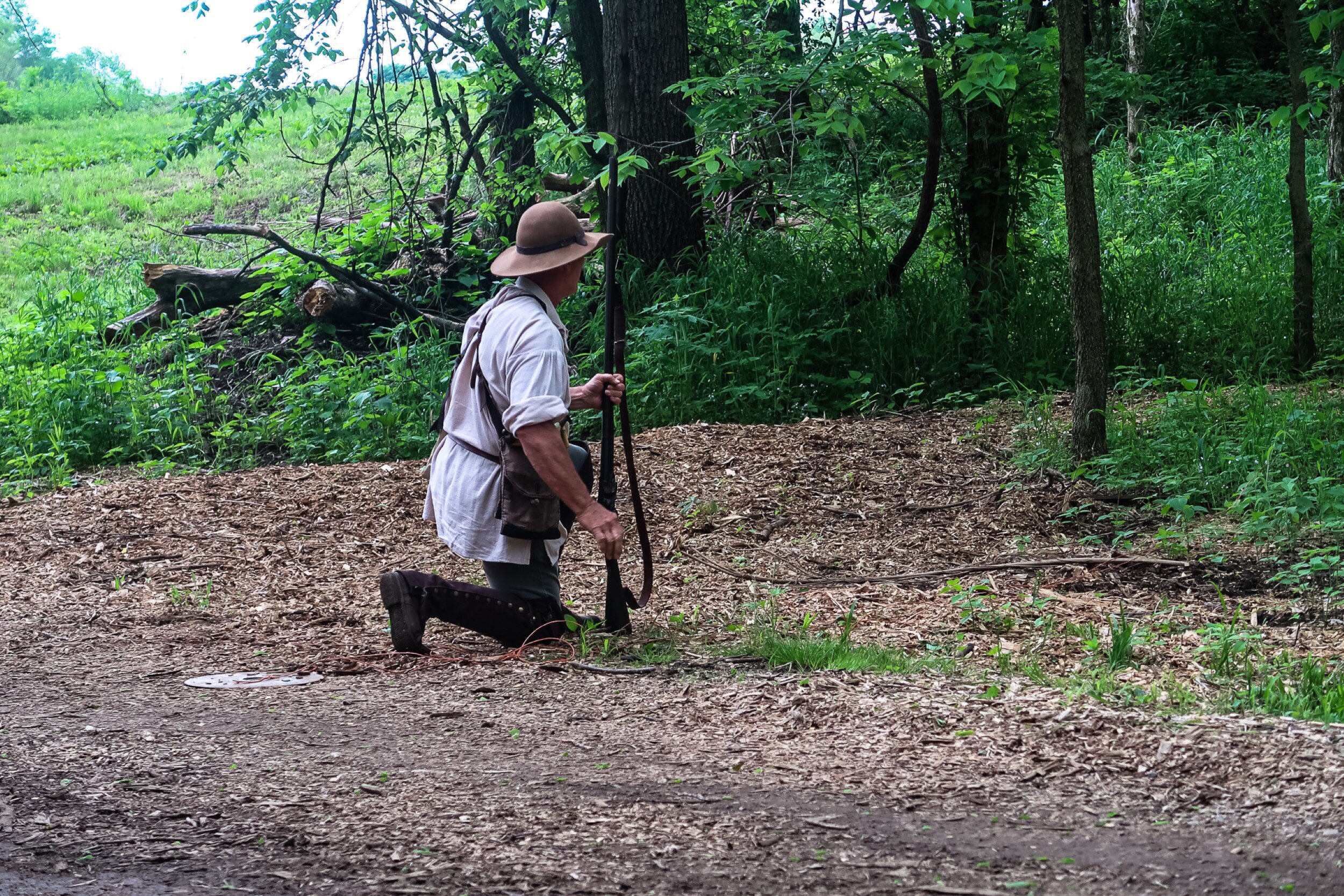
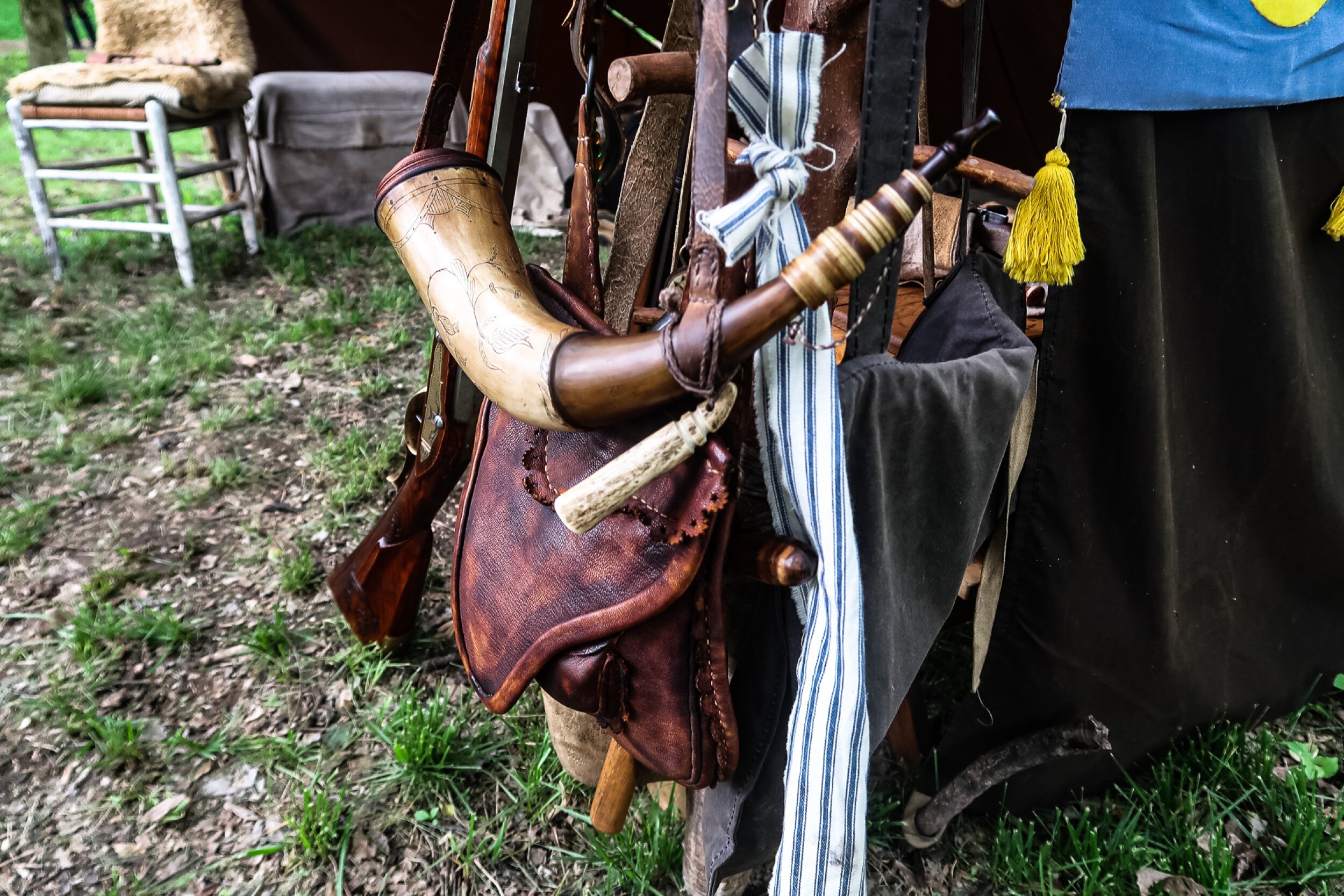
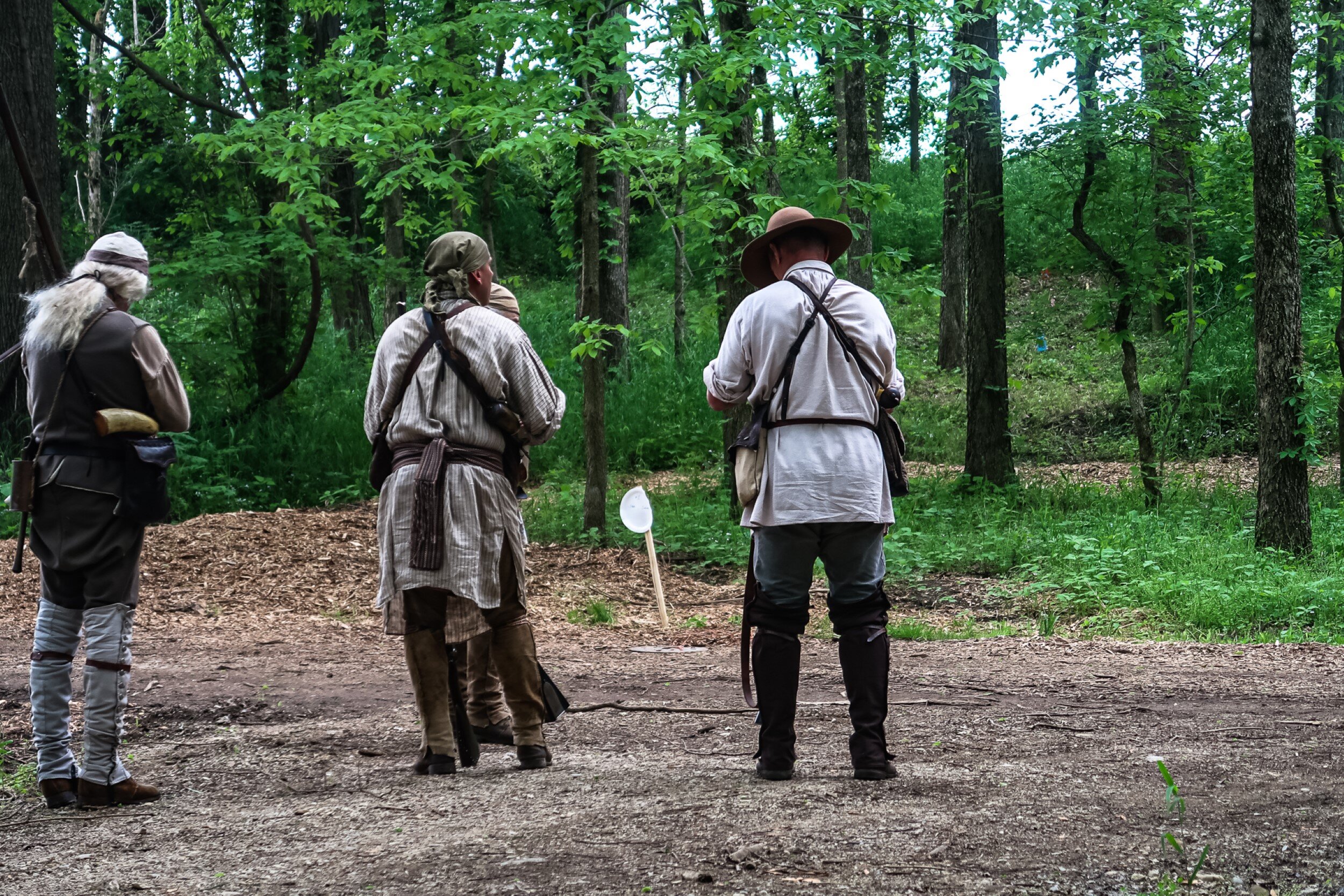
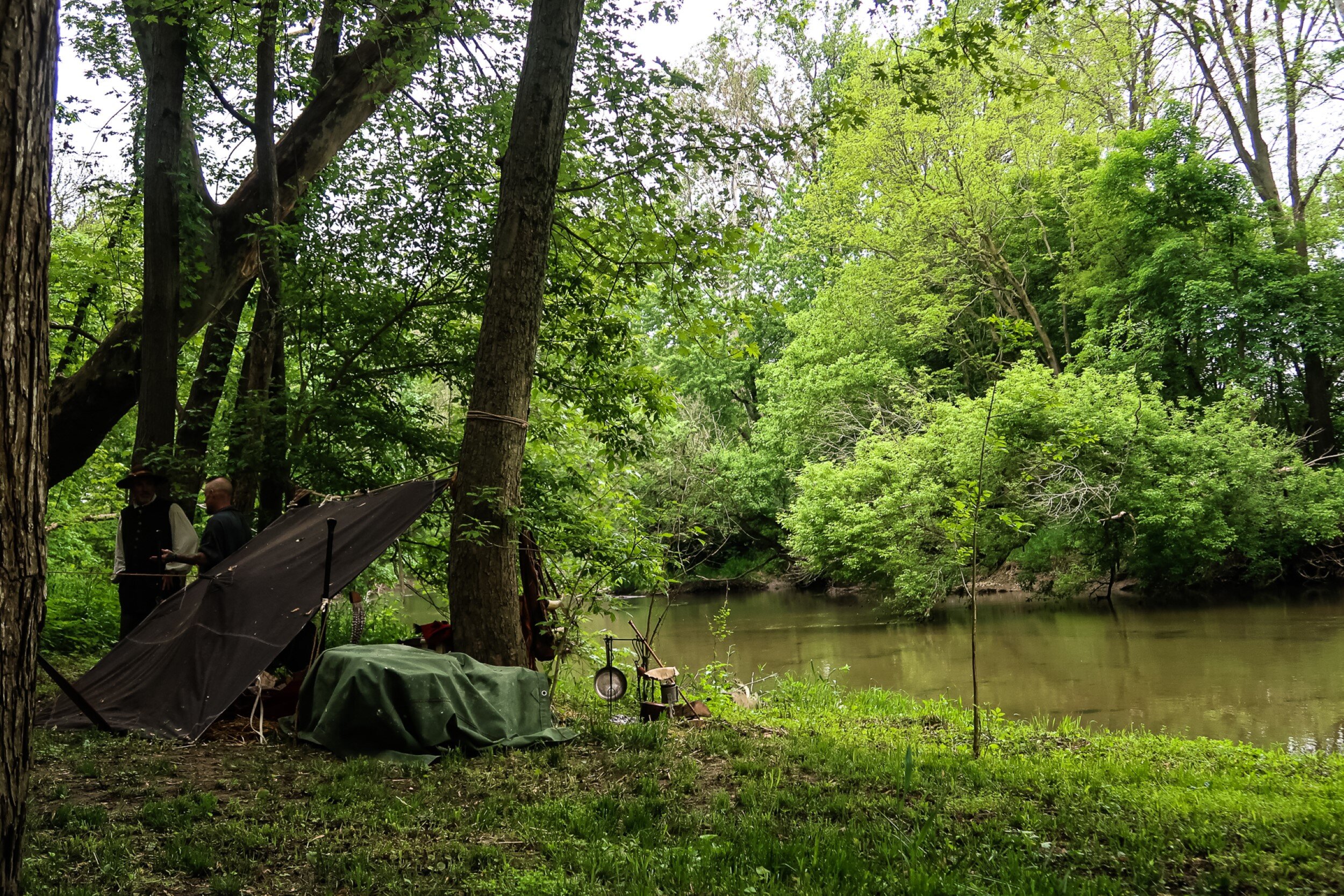
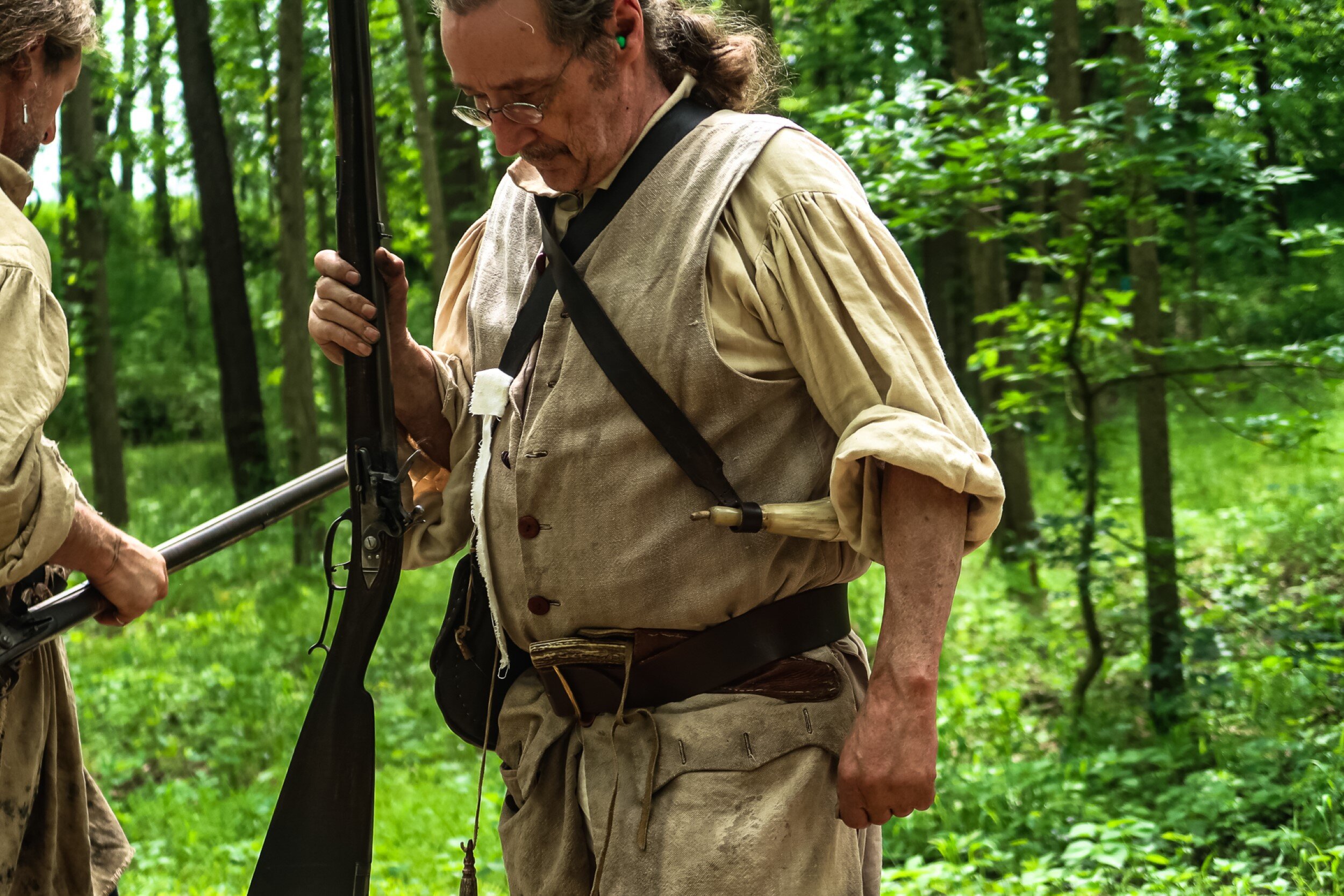
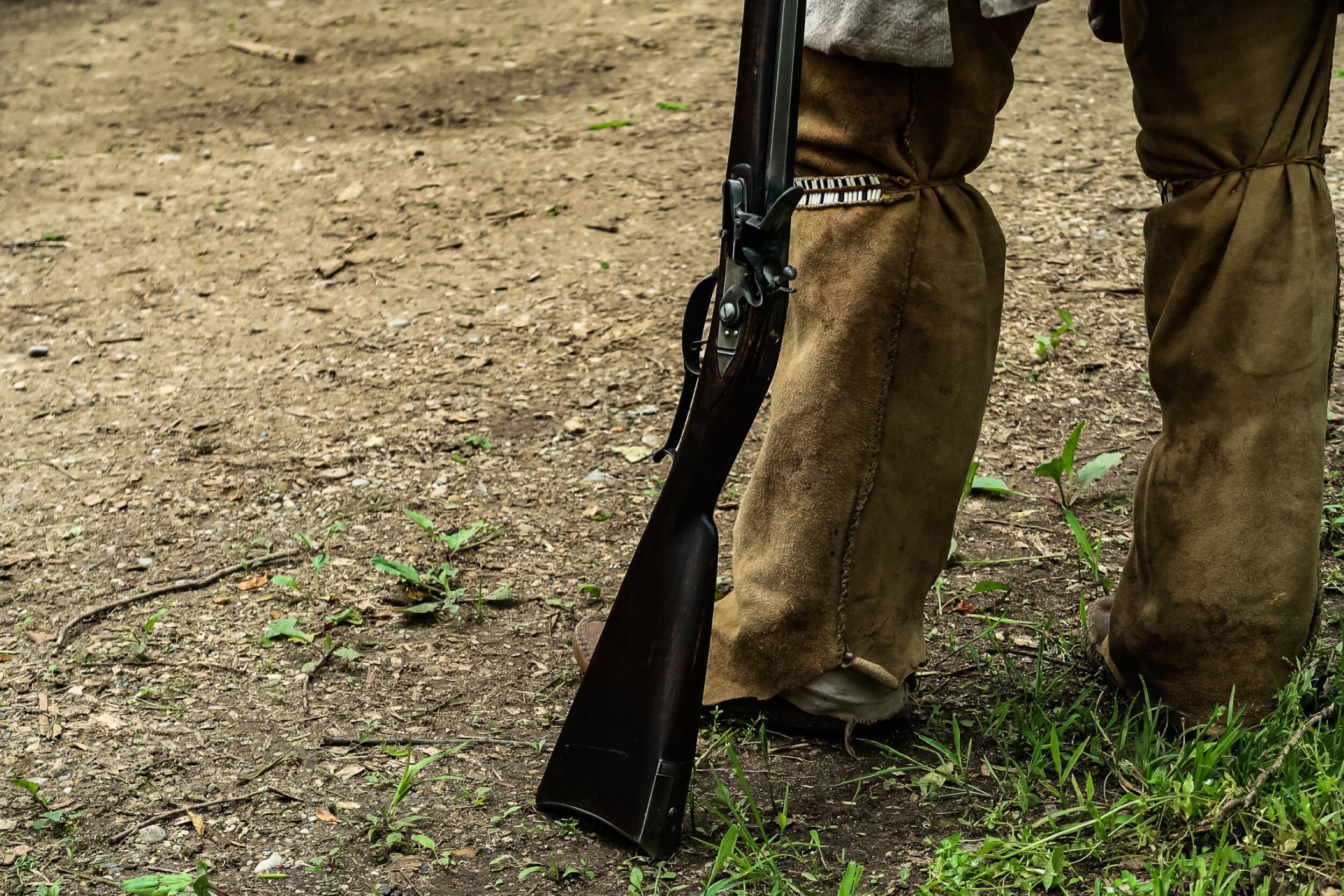
Subscribe to Keith's channel
Watch as Keith Syers from Ramshackle Homestead and Survival makes use of the natural environment around him to keep his flintlock smoothbore going
Greg Murry overcame adversity to become the artist he is today | Excerpt
French and Indian War or American Revolutionary War Movies and Documentaries
A running list of nice period entertainment of all quality levels to keep you entertained during COVID 19
The Patriot
The Last of the Mohicans
Turn Washington Spies
Rob Roy
John Adams
Outlander
Black Sails
Nouvelle France (Quebecois Movie)
North West passage
The Broken Chain
Benedict Arnold
The War that Made America
Liberty (PBS)
Barry Lyndon
Rebels and Redcoats, 4 part special produced by the BBC.
Fur Trade Business Records from the early 1800s
Rate of Fire or Accuracy? The India Pattern Brown Bess and the 1800 Baker Rifle: Firepower Compared
In this episode of the "Firepower Series", we compare the Brown Bess and the Baker Rifle.
Follow us on FB for updates and projects! https://www.facebook.com/britishmuzzl... For your Martini and Snider needs email Martyn at xringservices@yahoo.com
For your P53 Enfield Rifle-Musket or Short Rifle ammunition needs, Contact Brett at - www.papercartridges.com And for further reading on all British Victorian (and earlier) arms stop by the British Militaria Forum and say hello. http://britishmilitariaforums.yuku.com





















